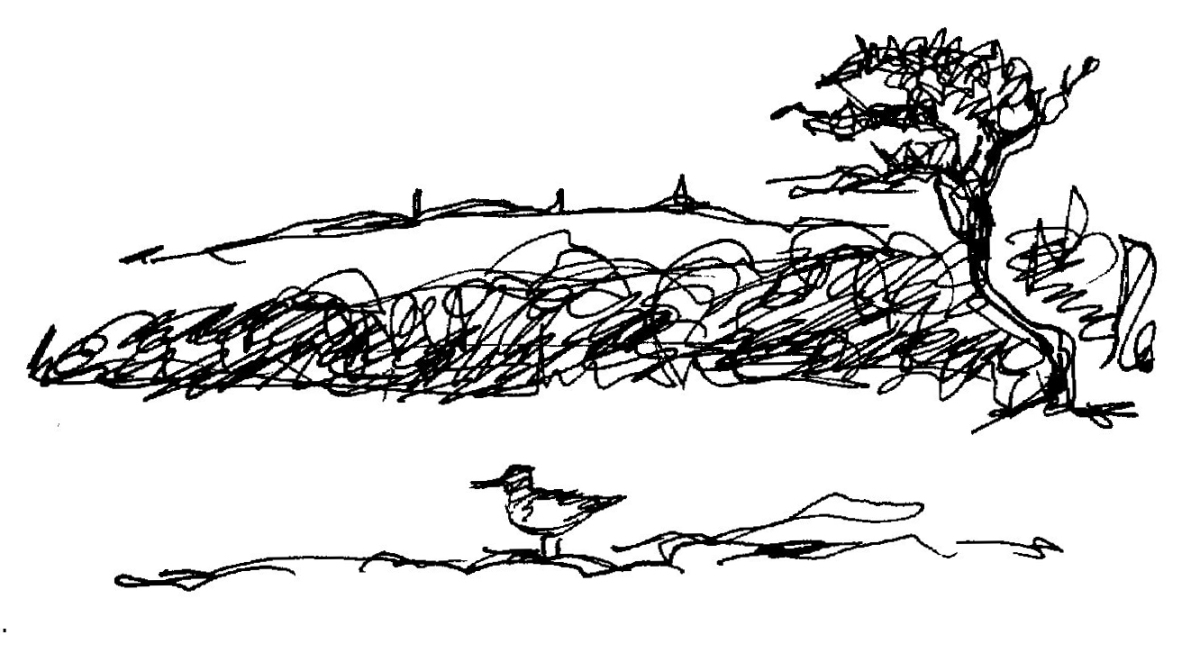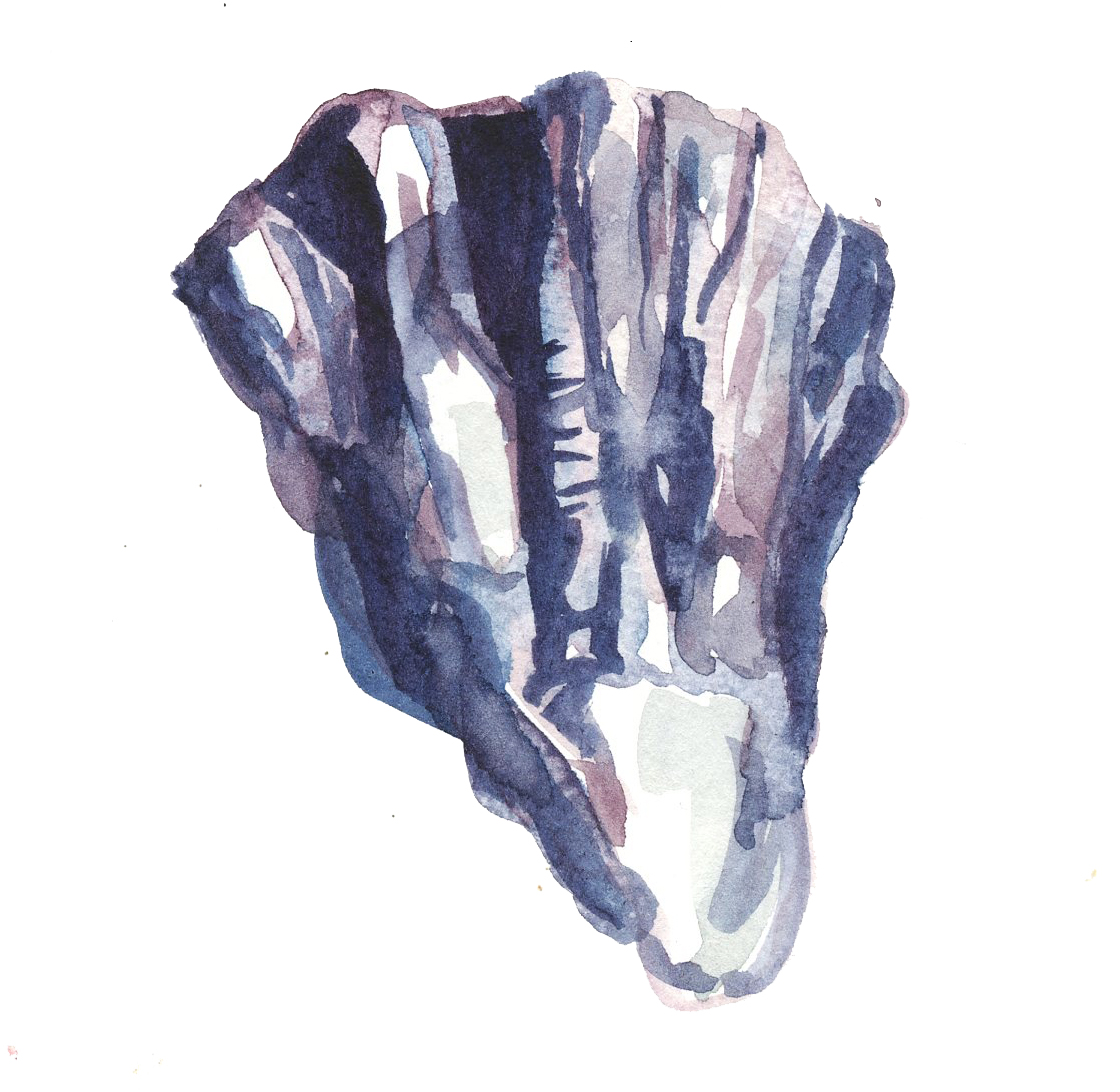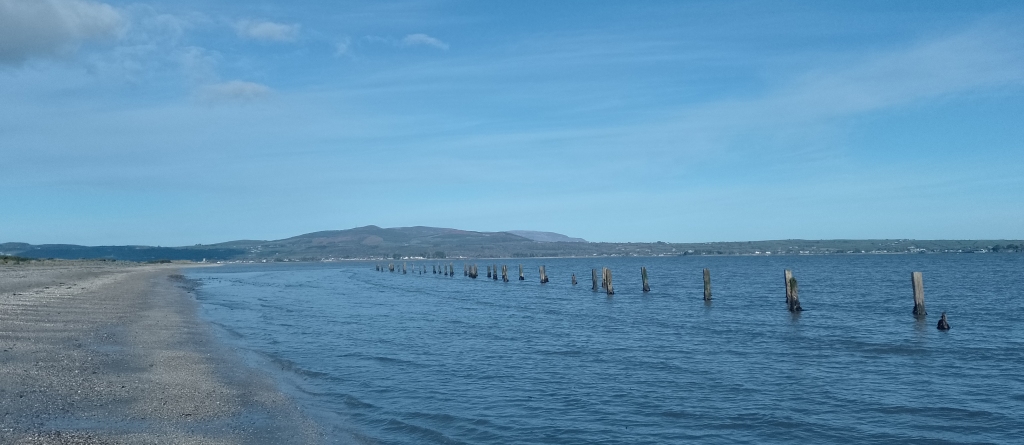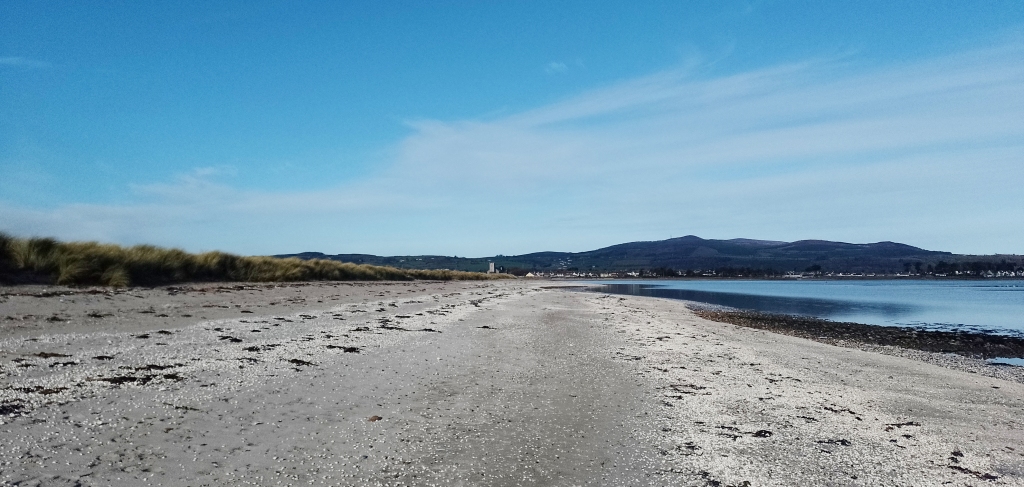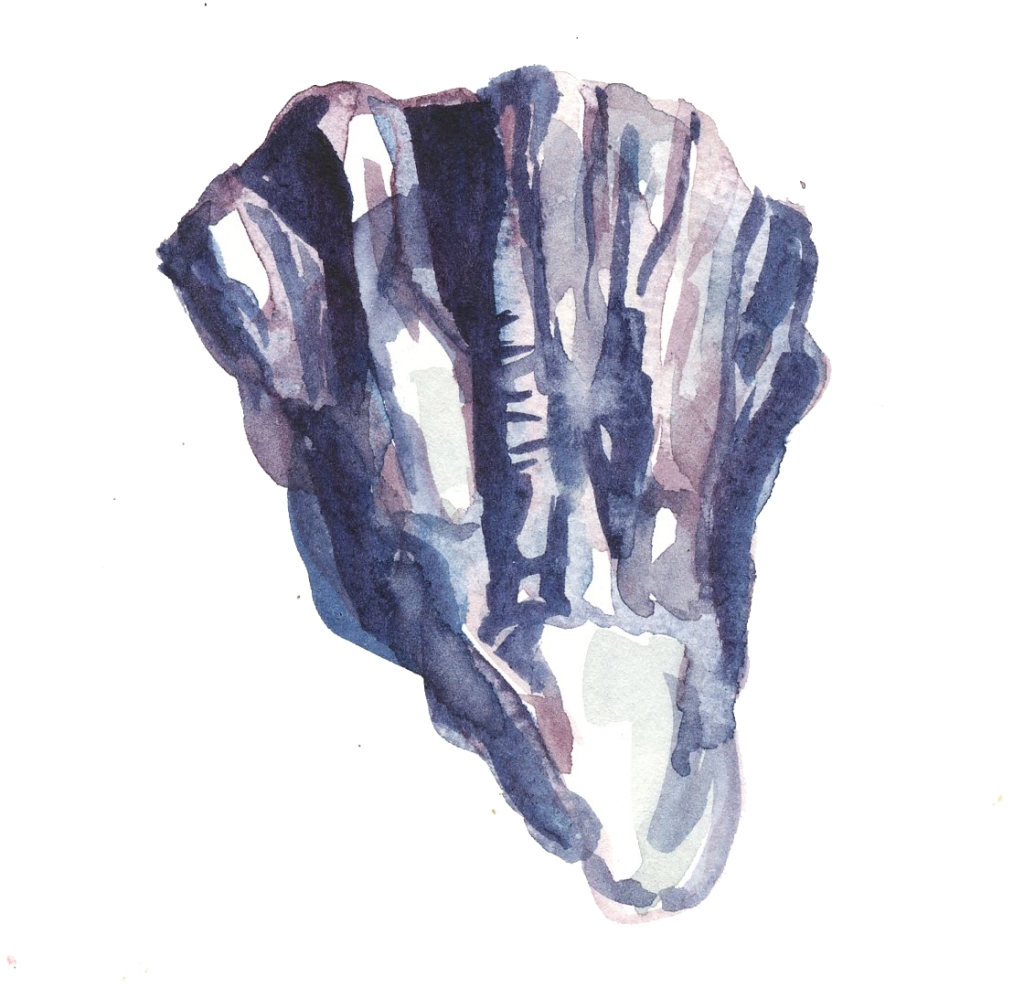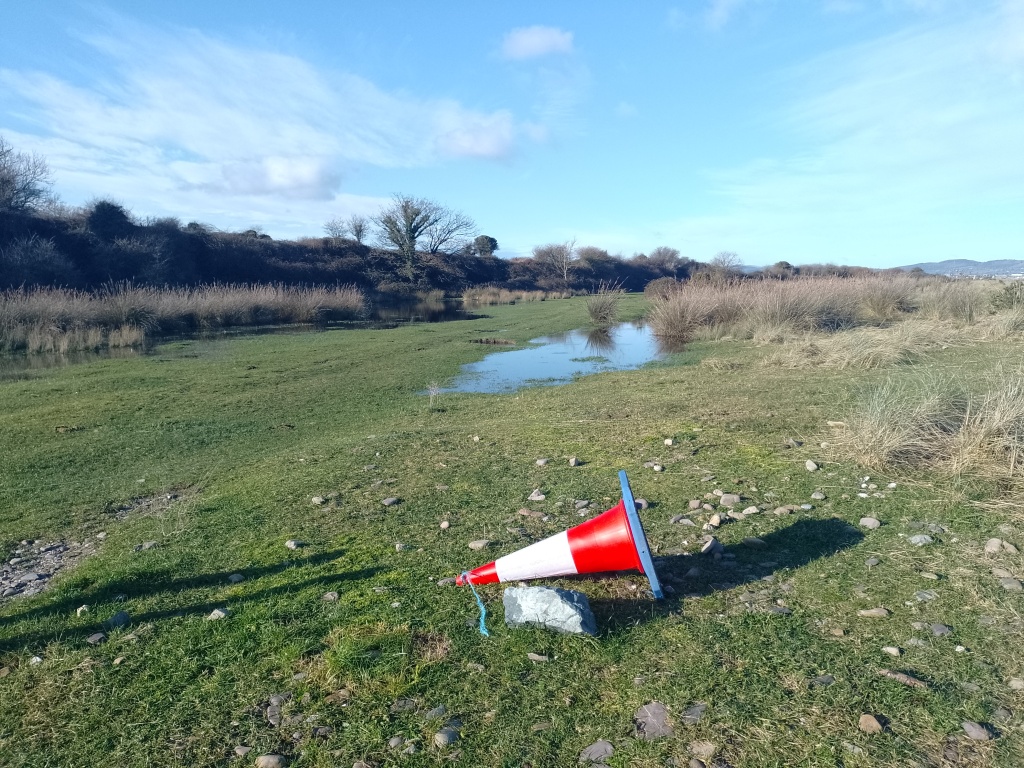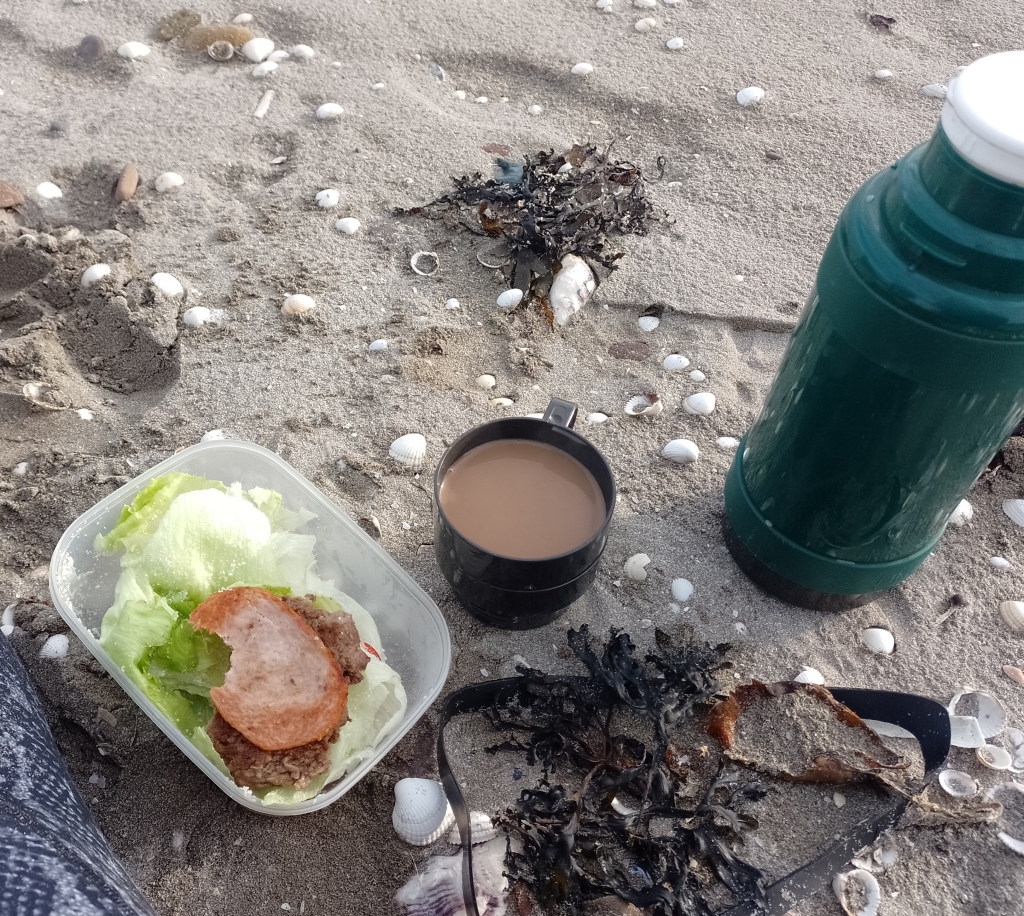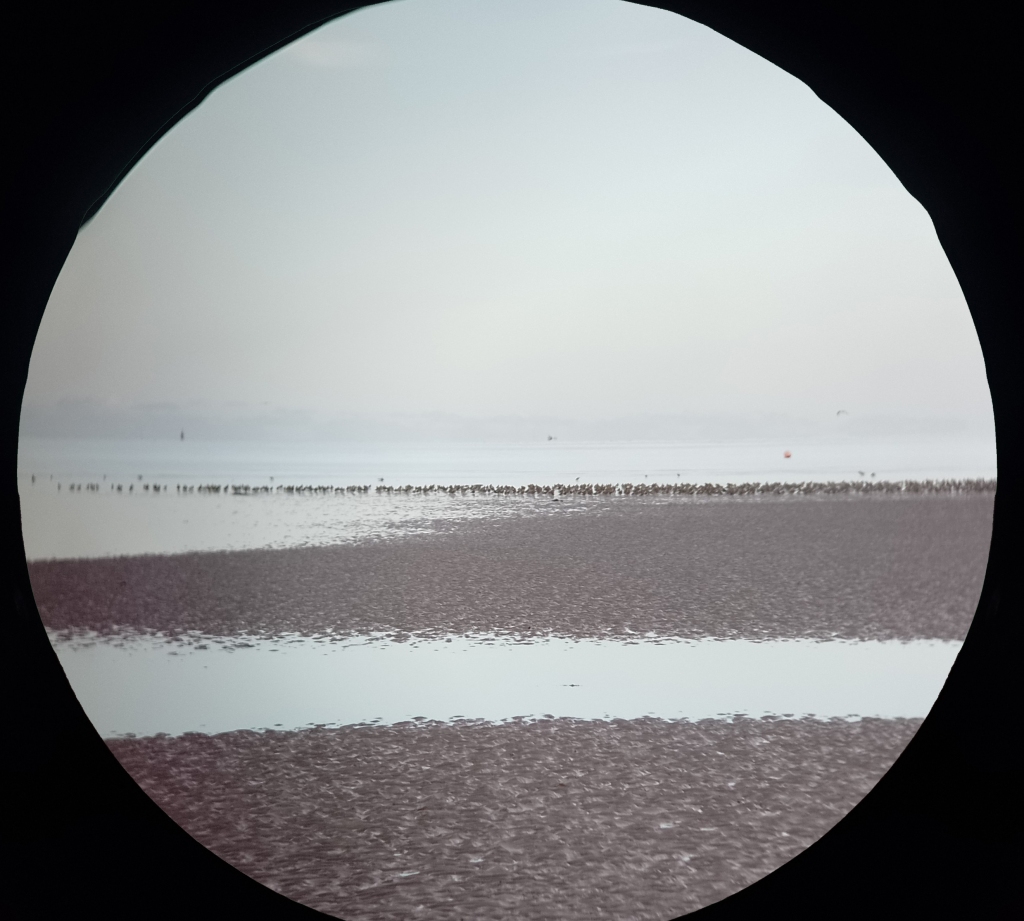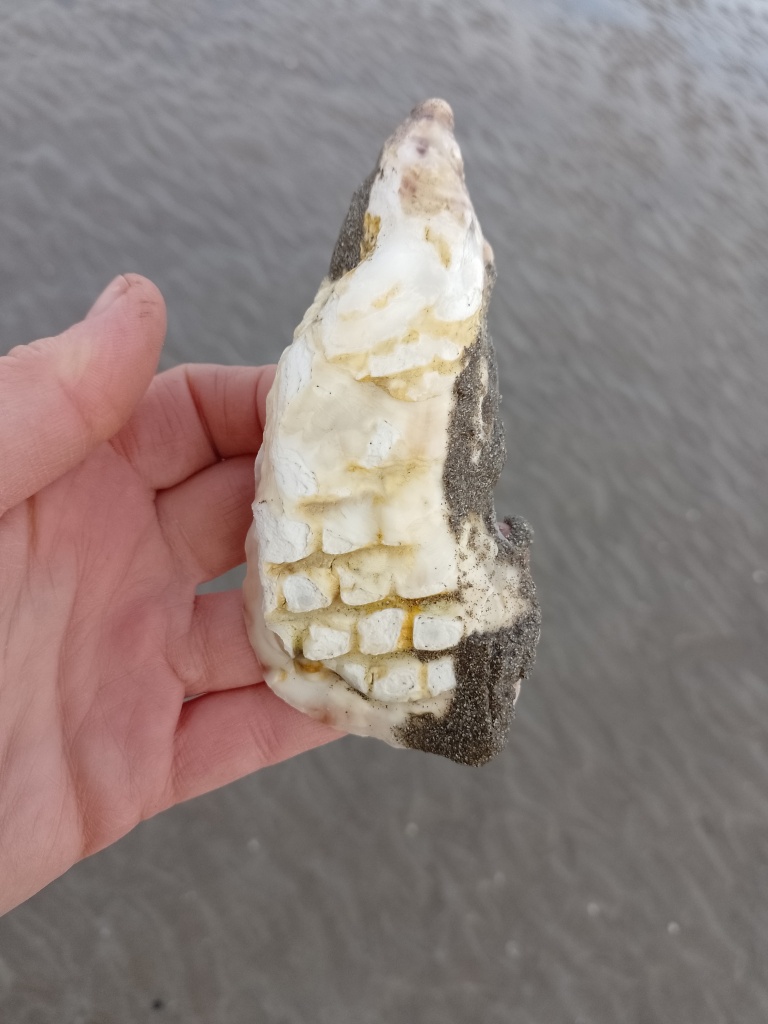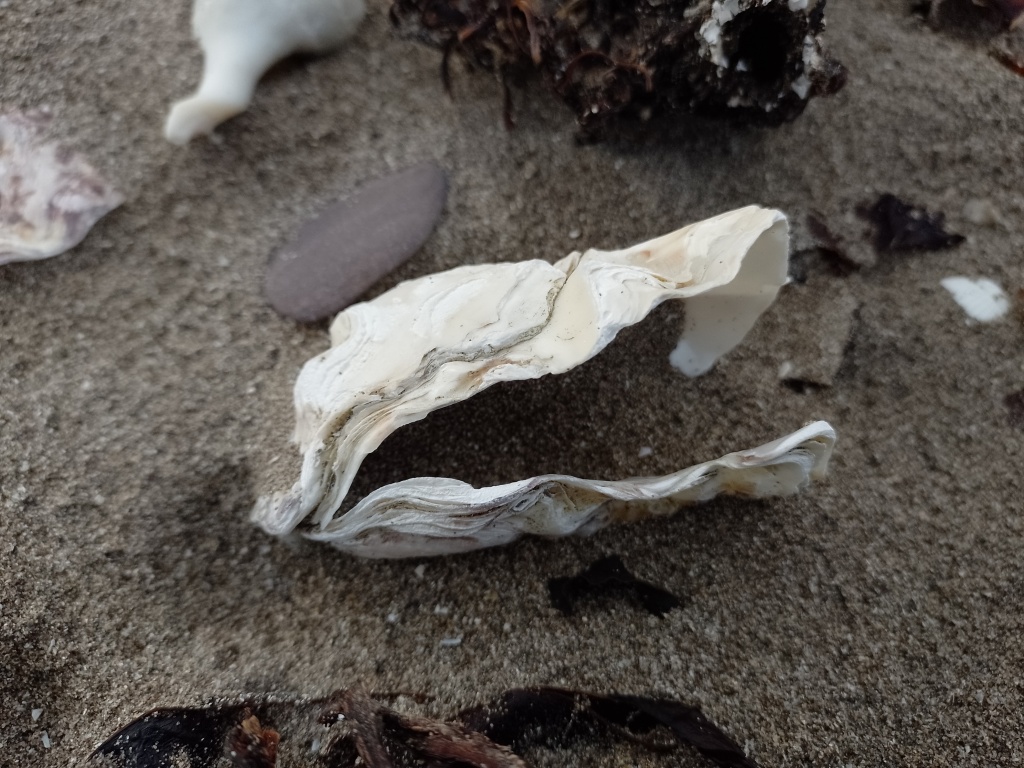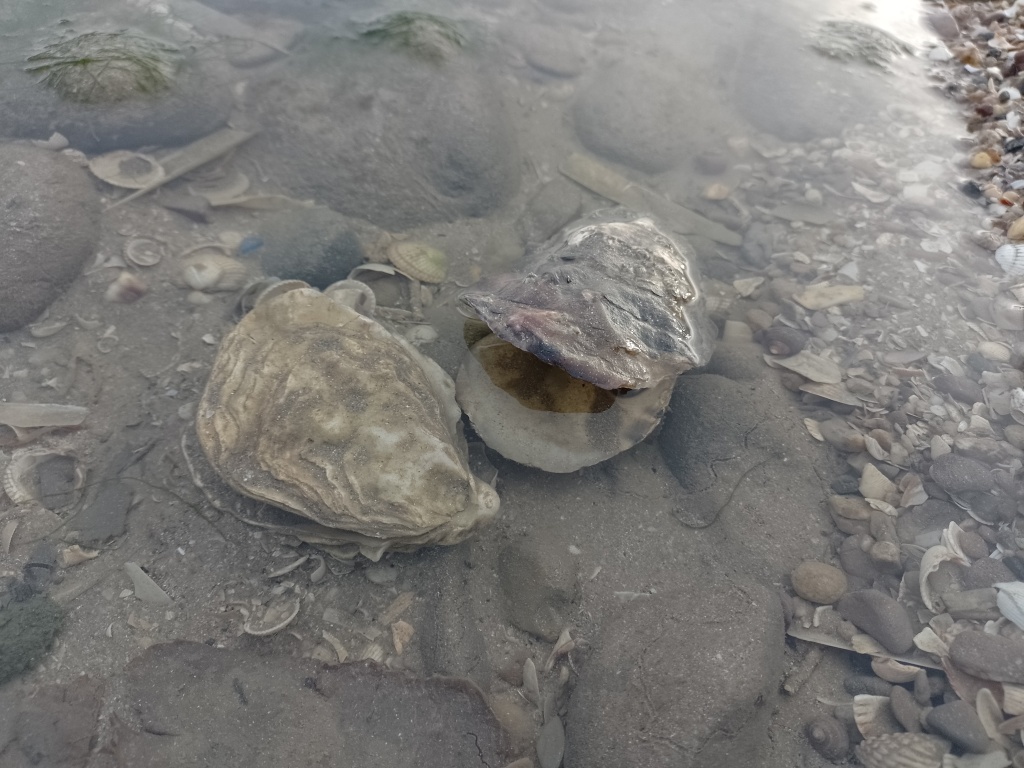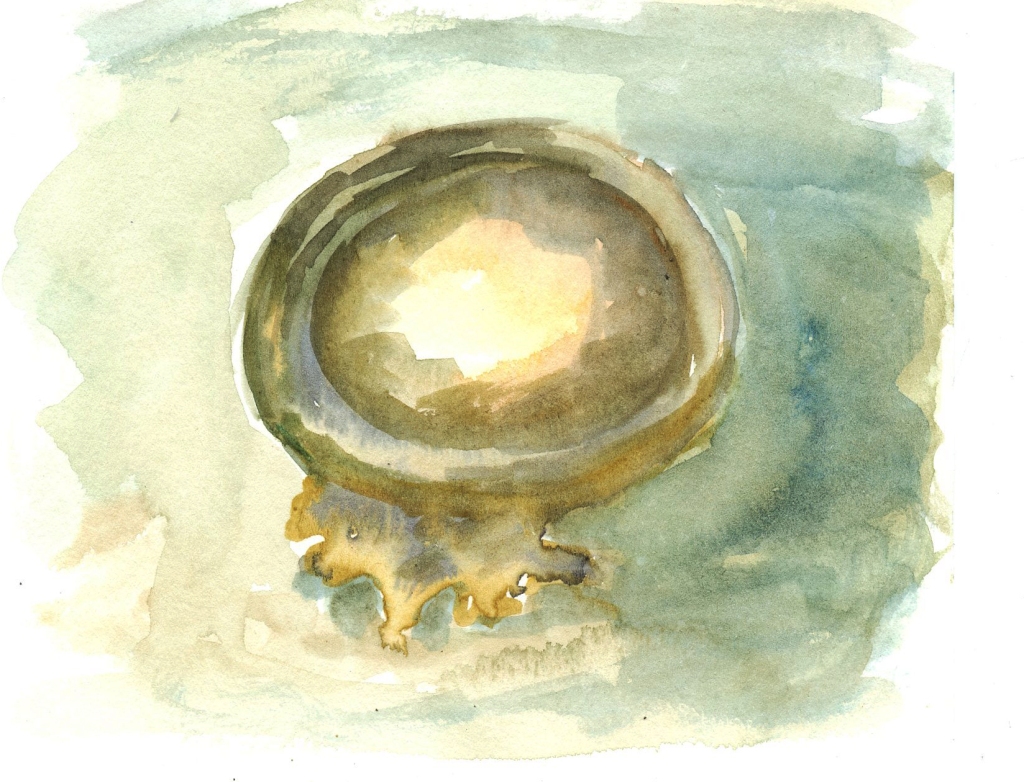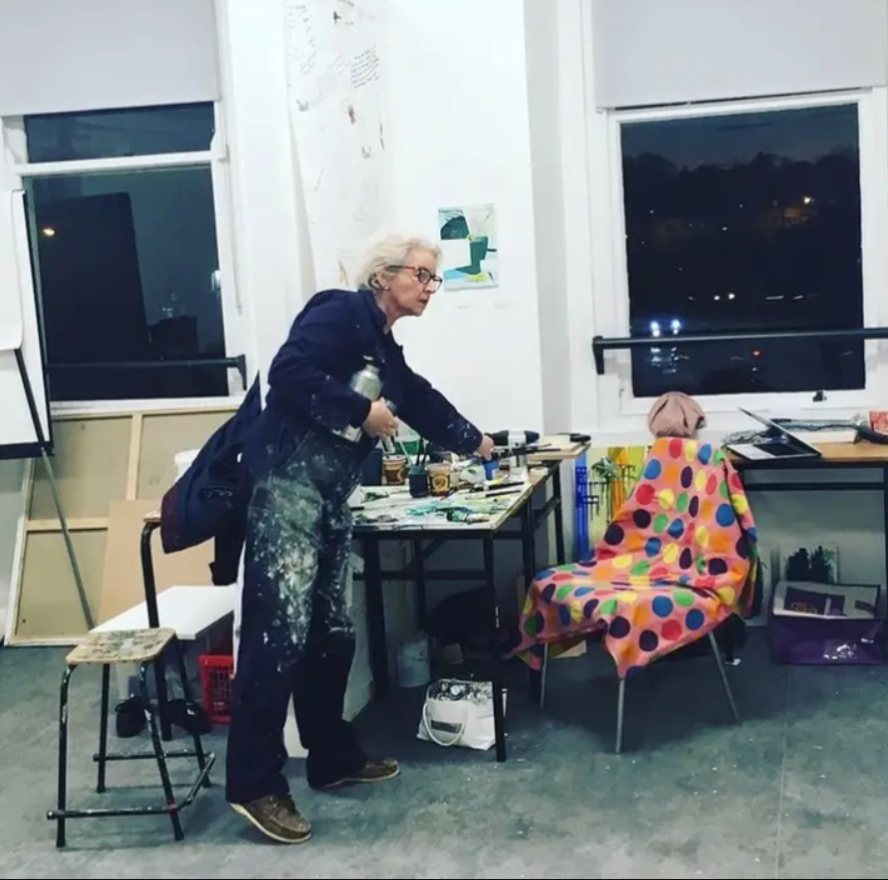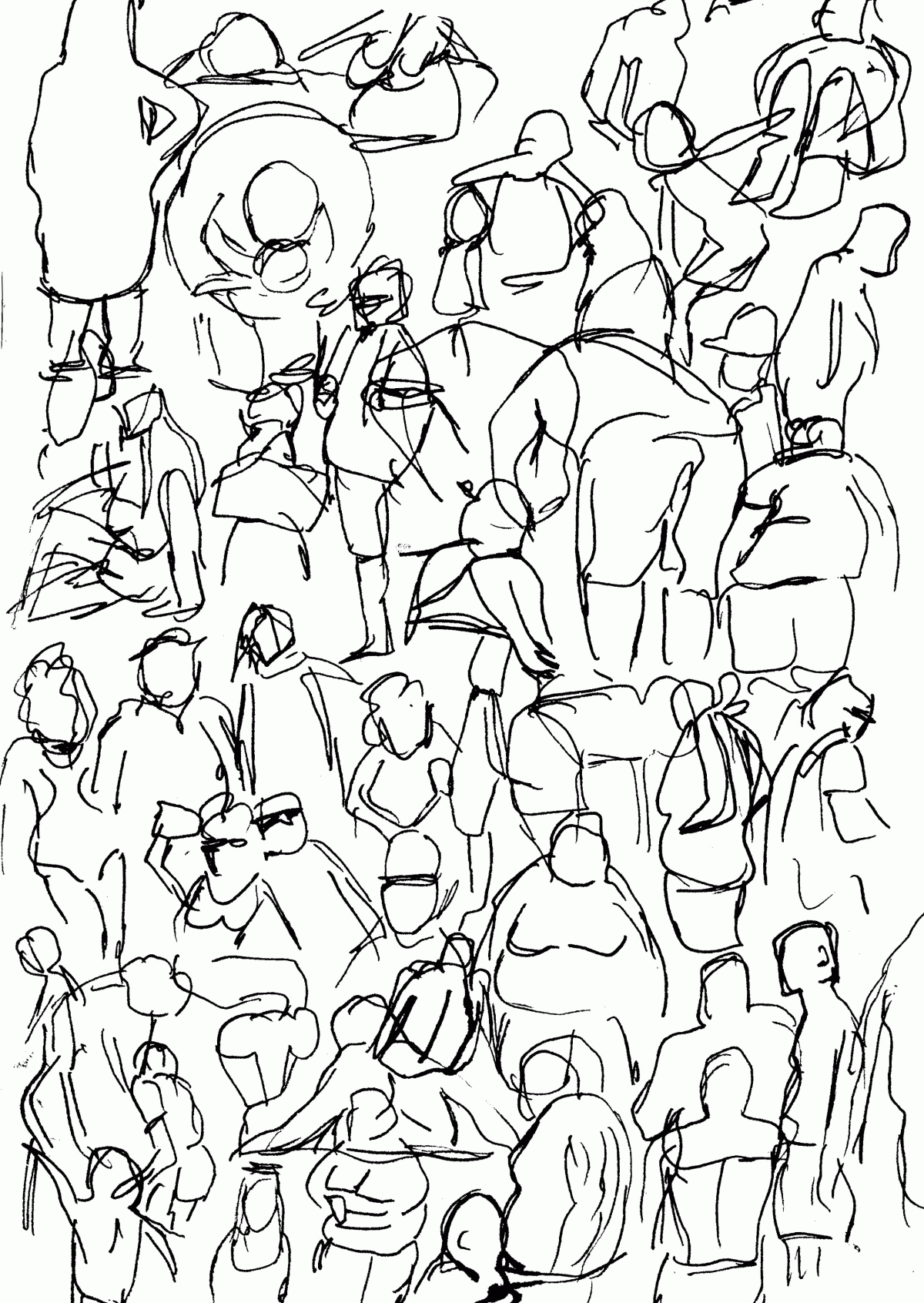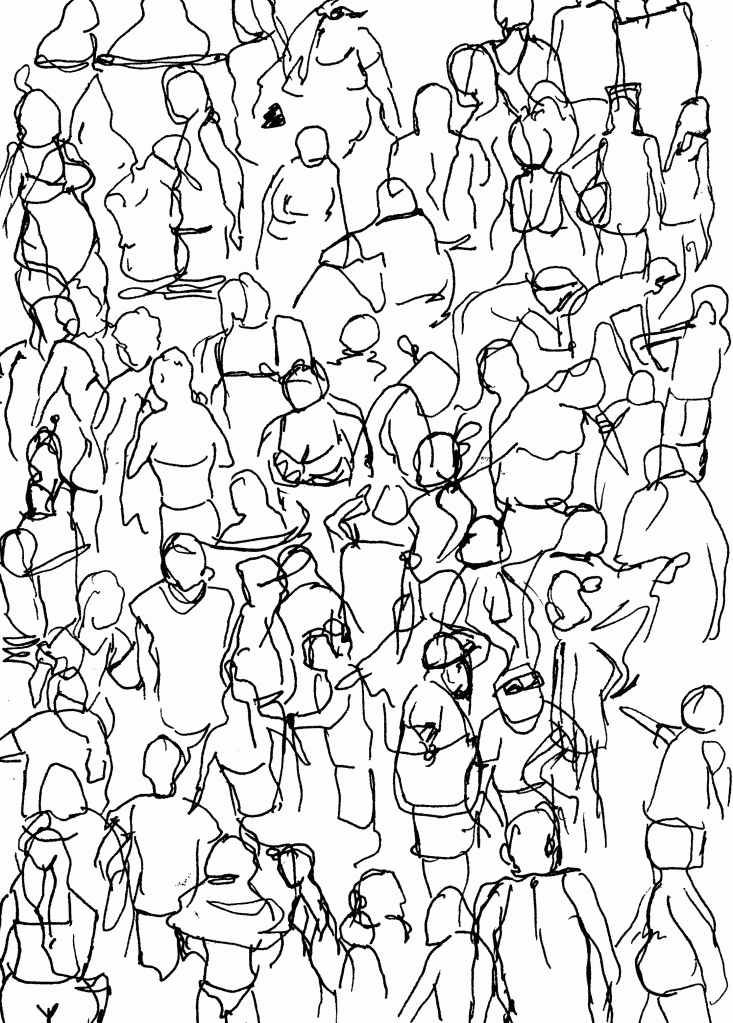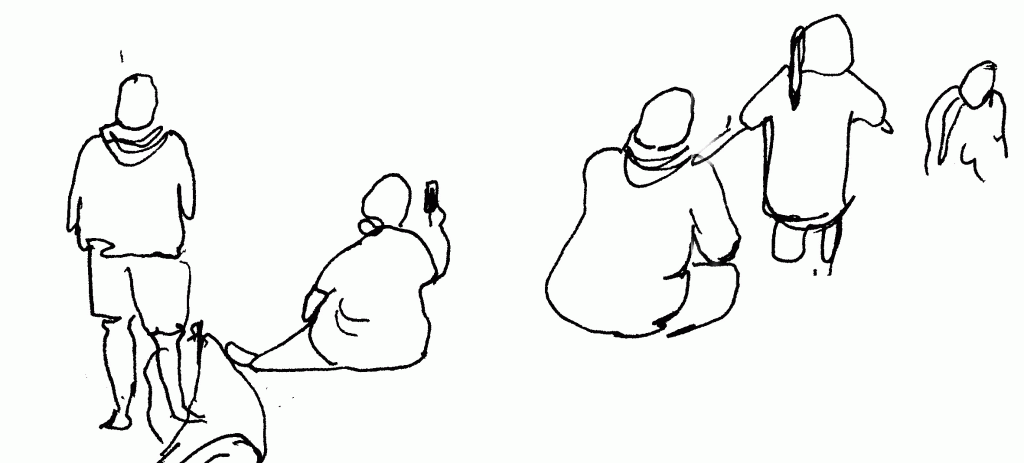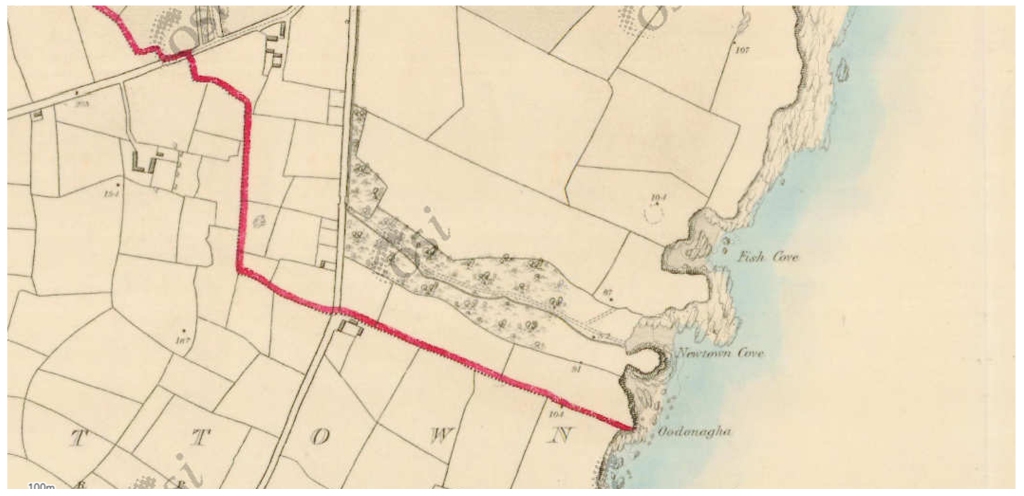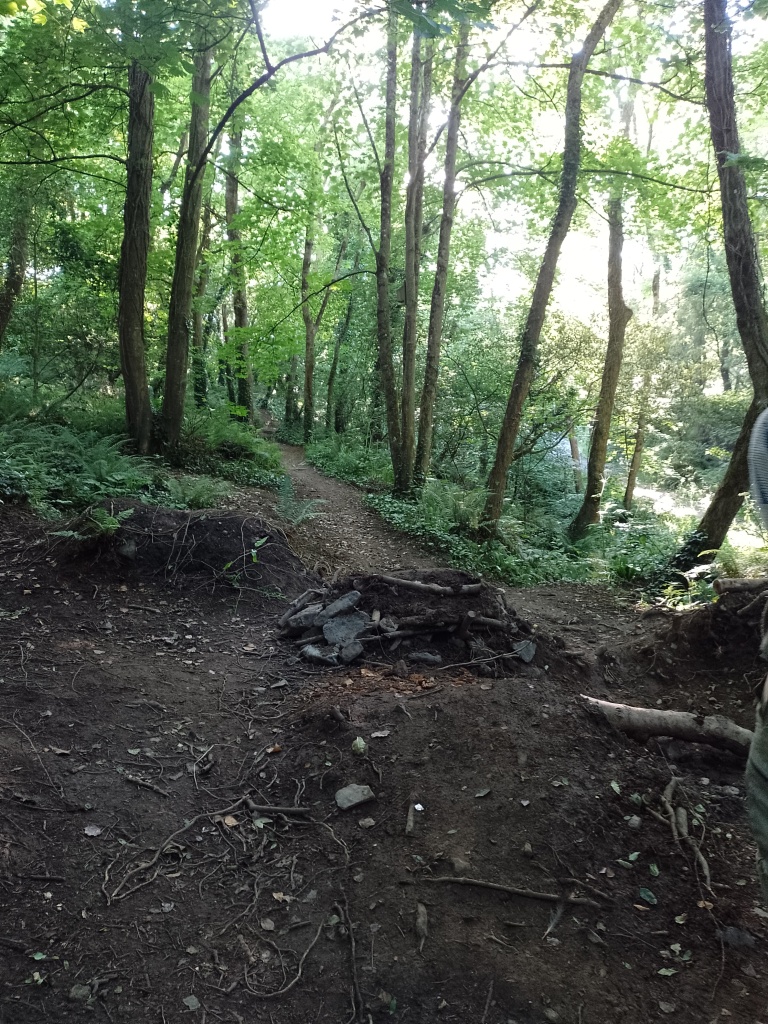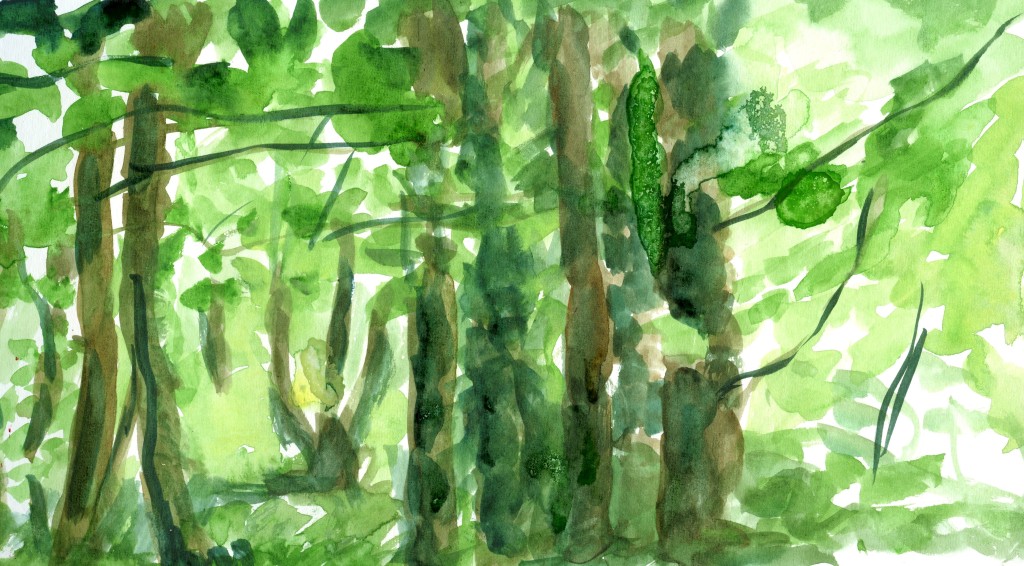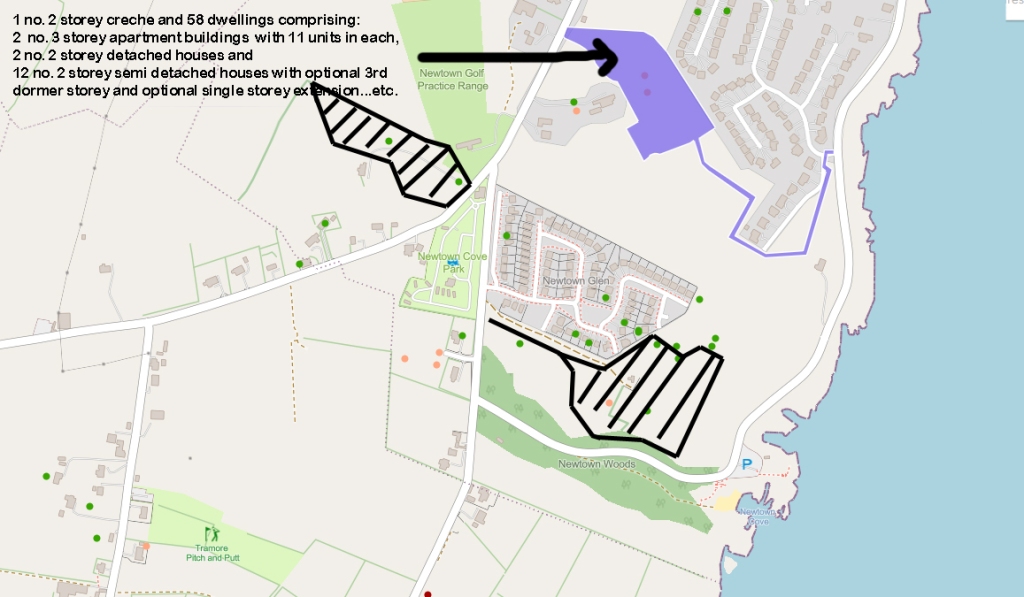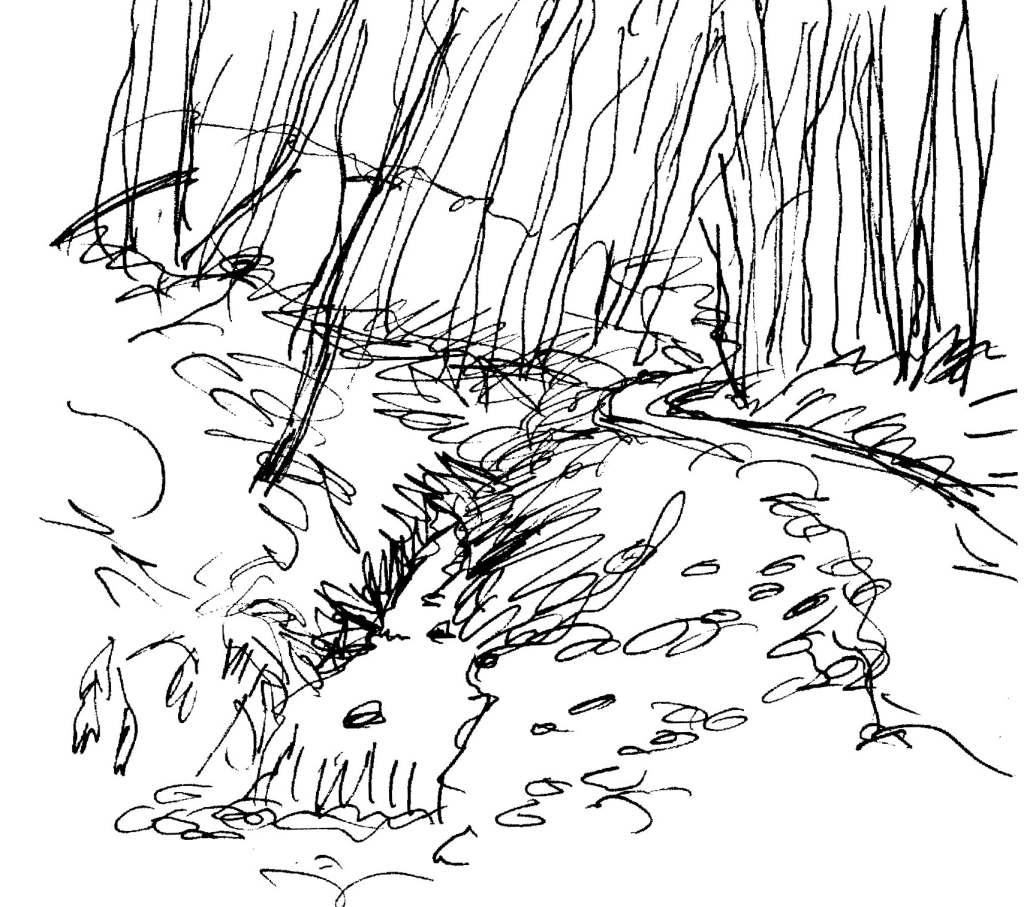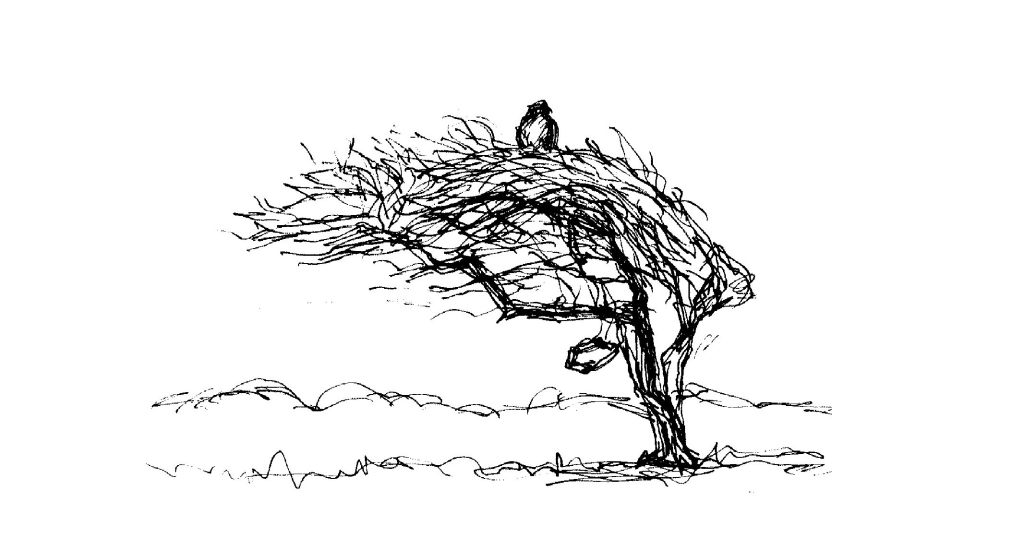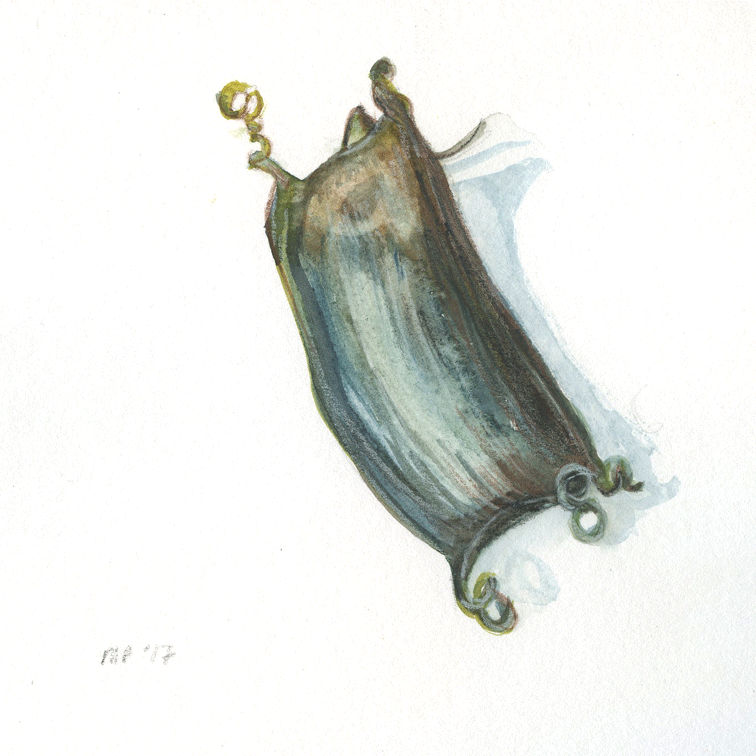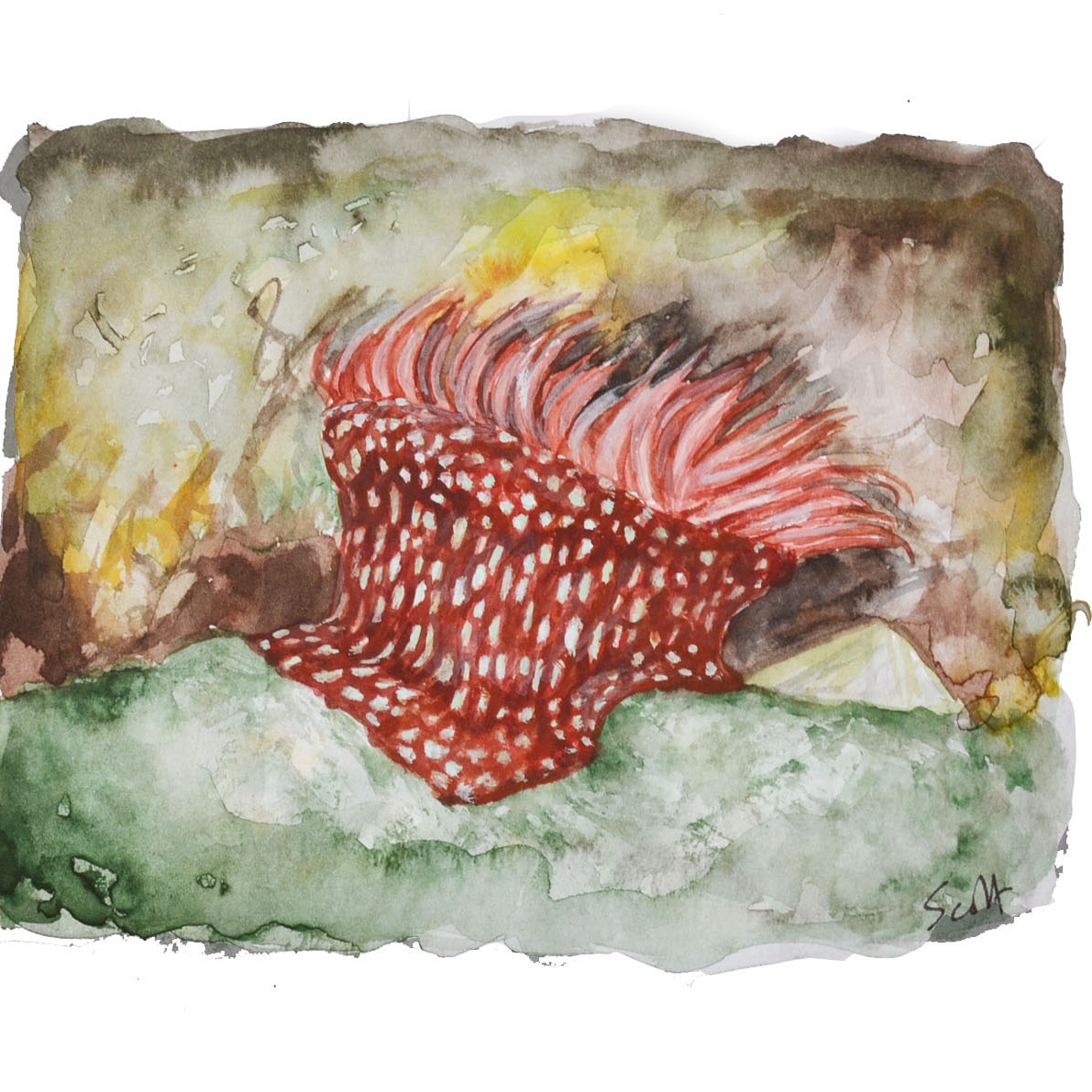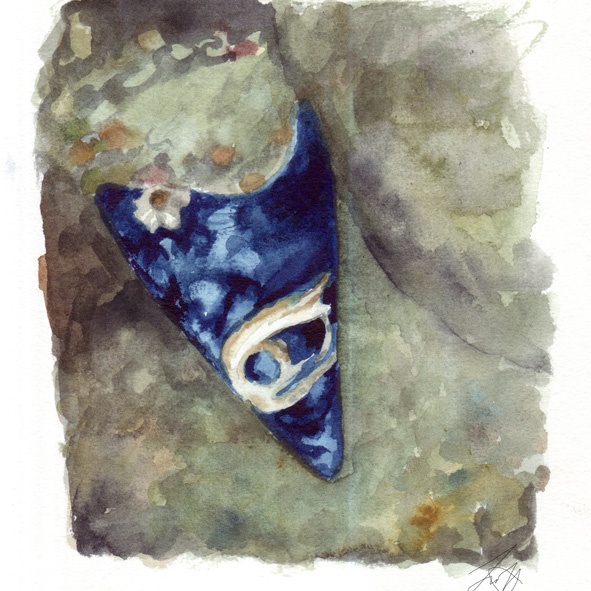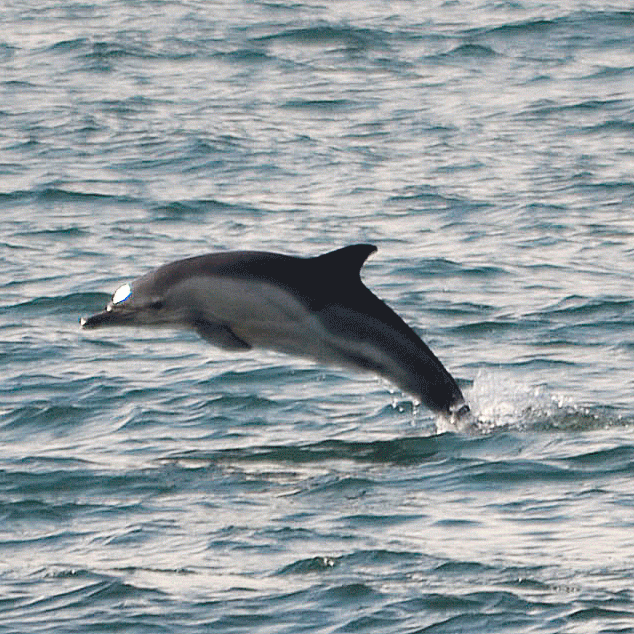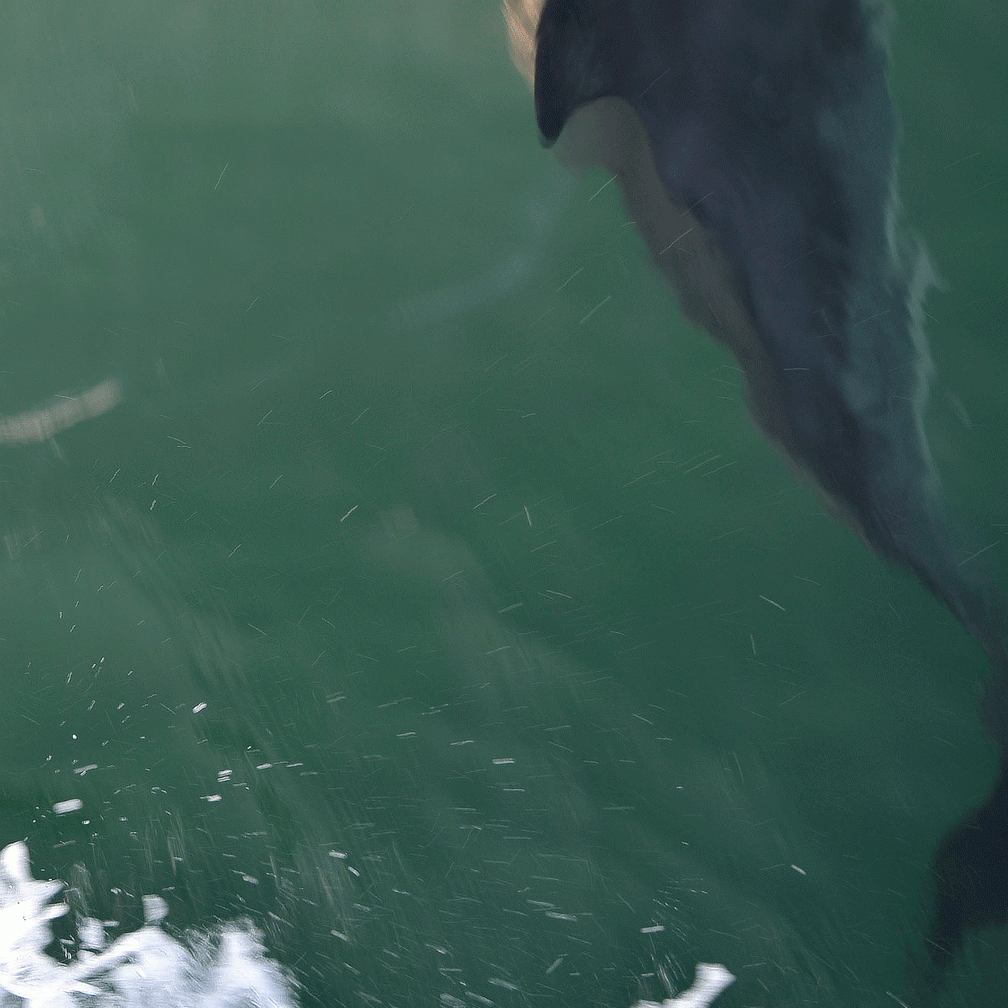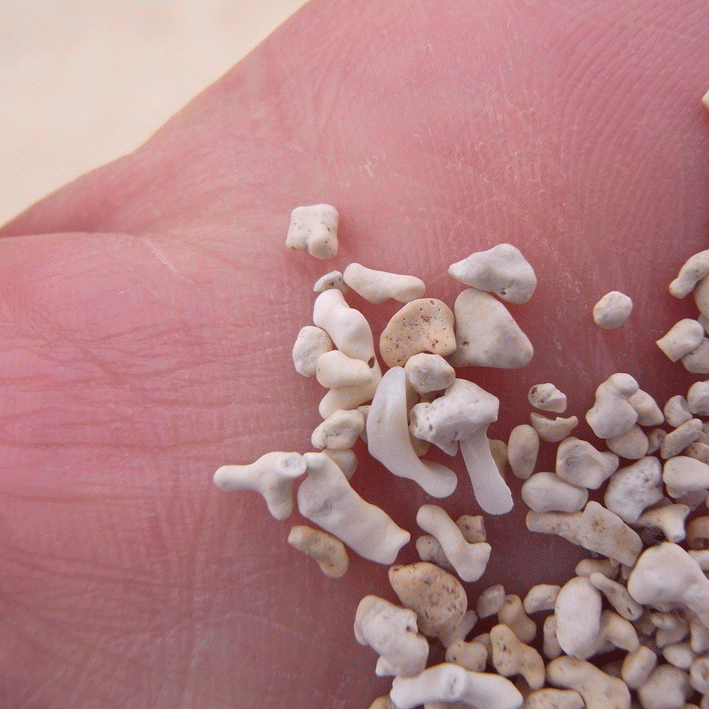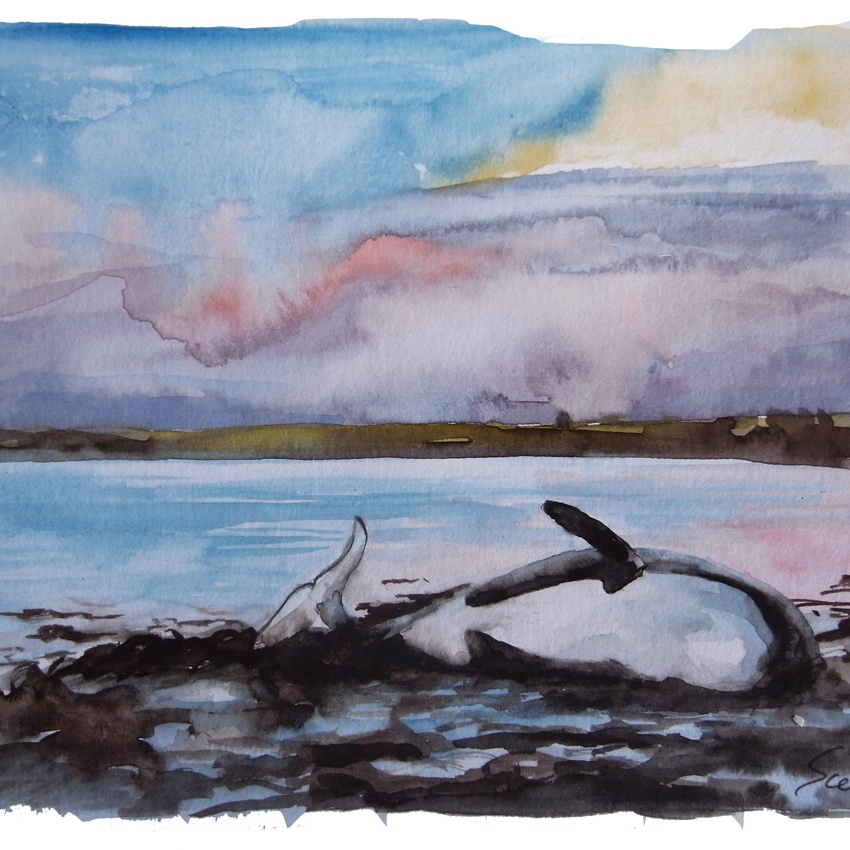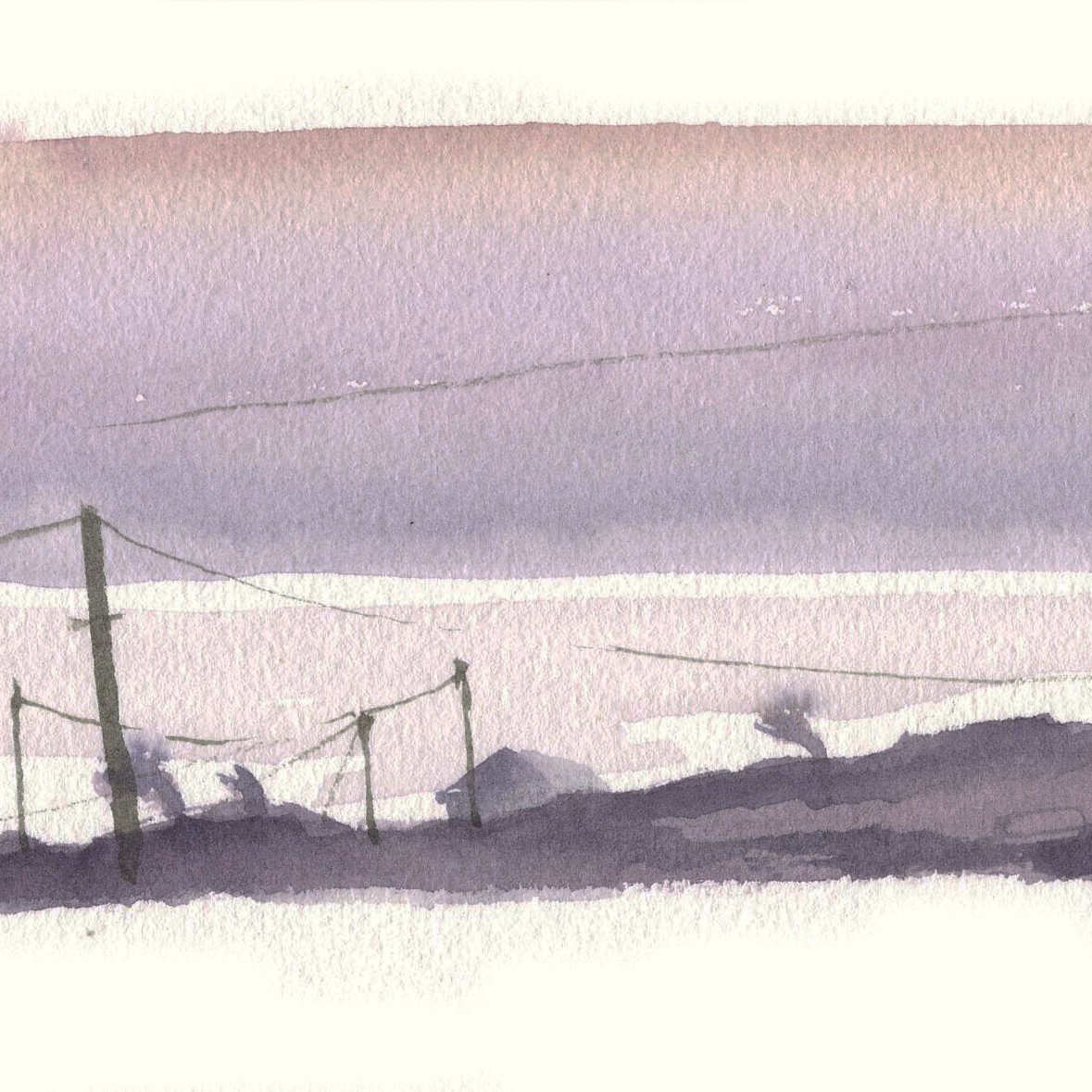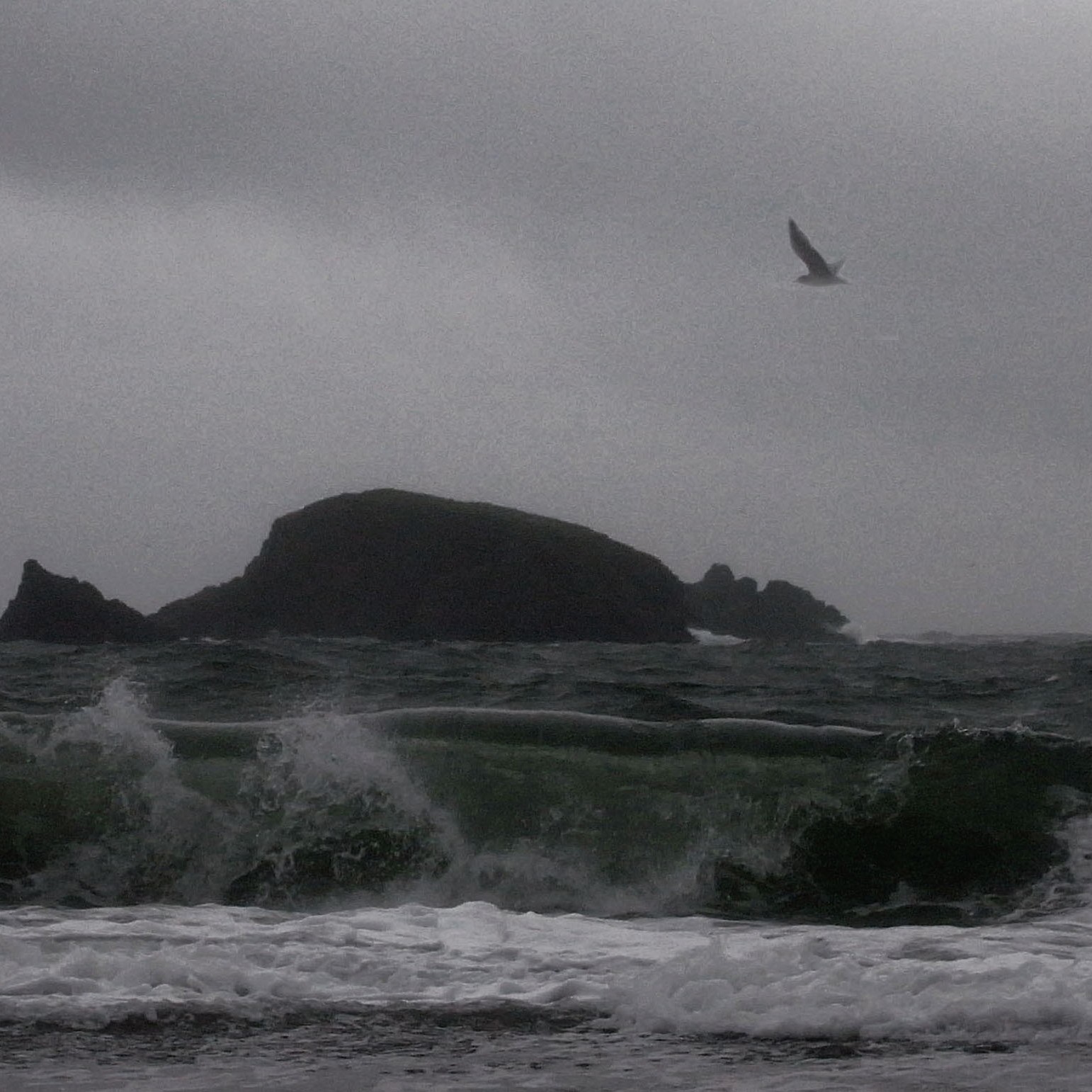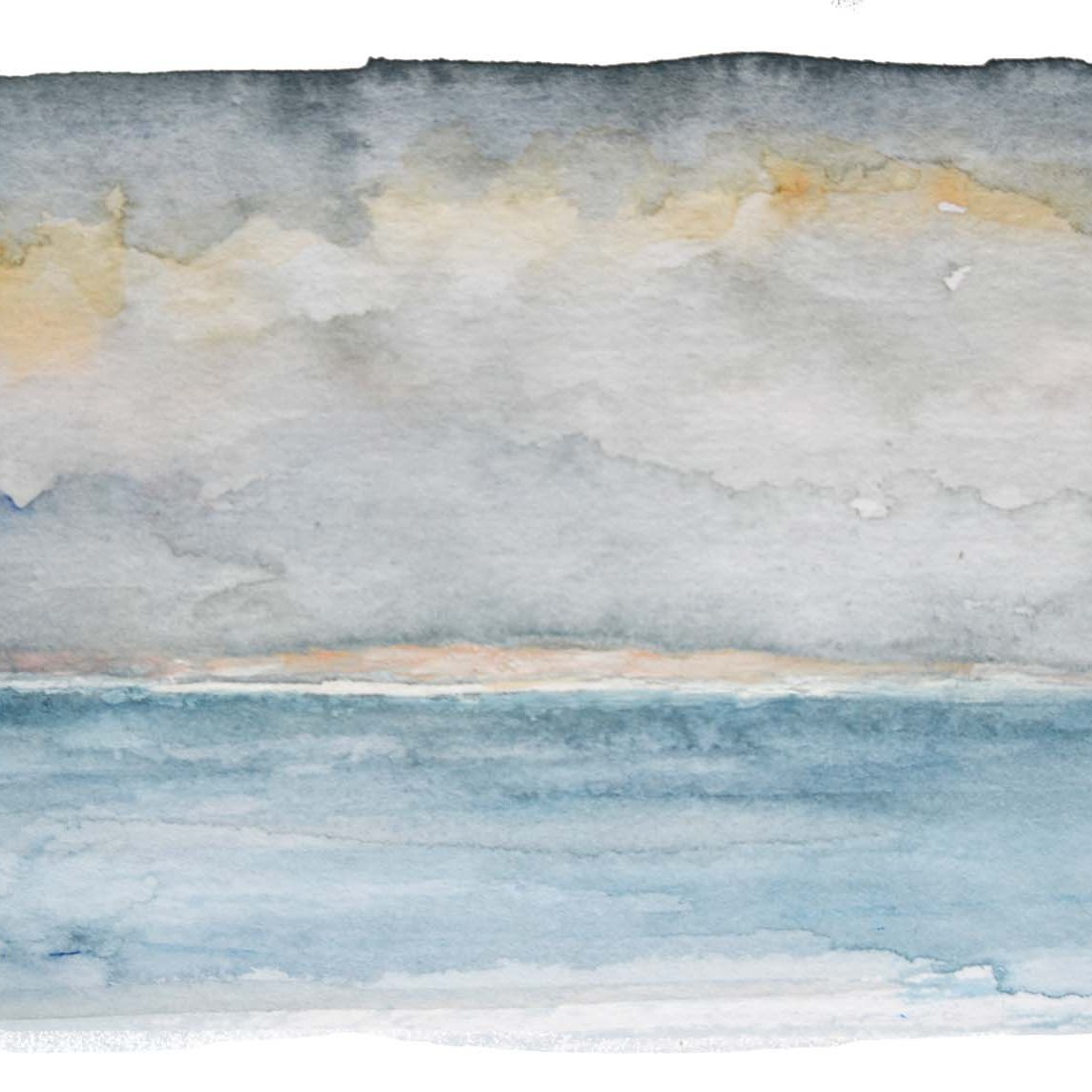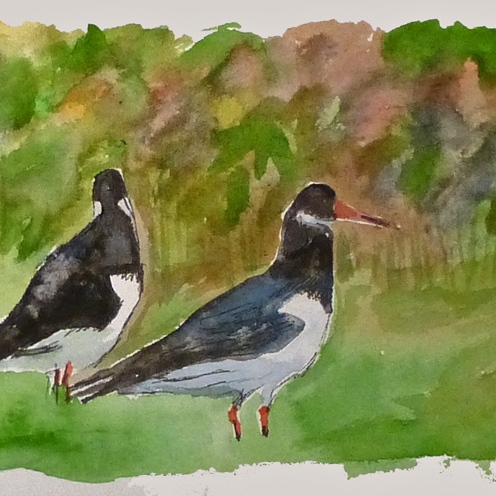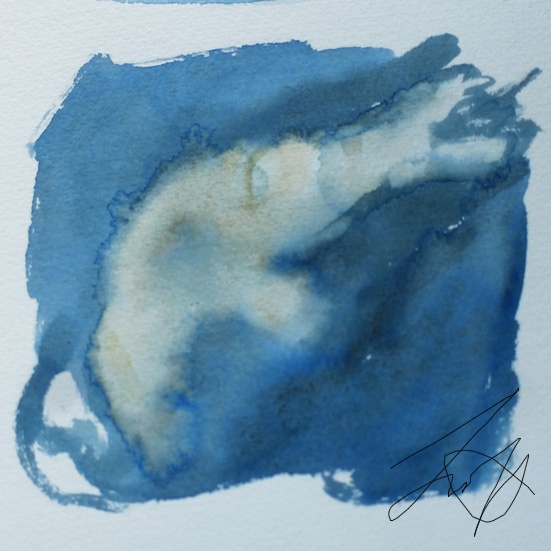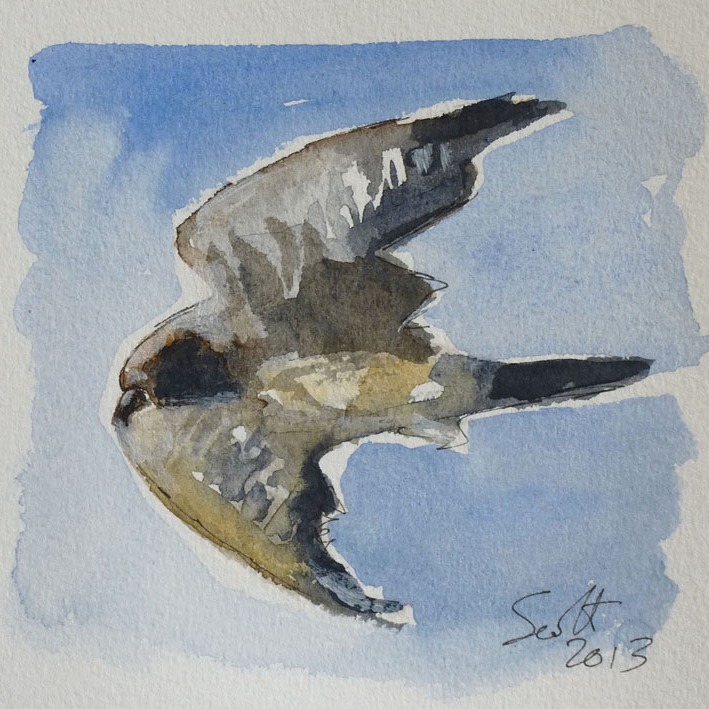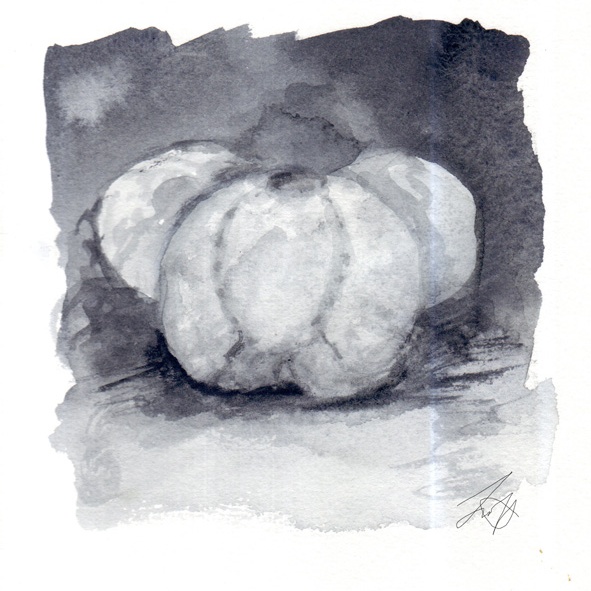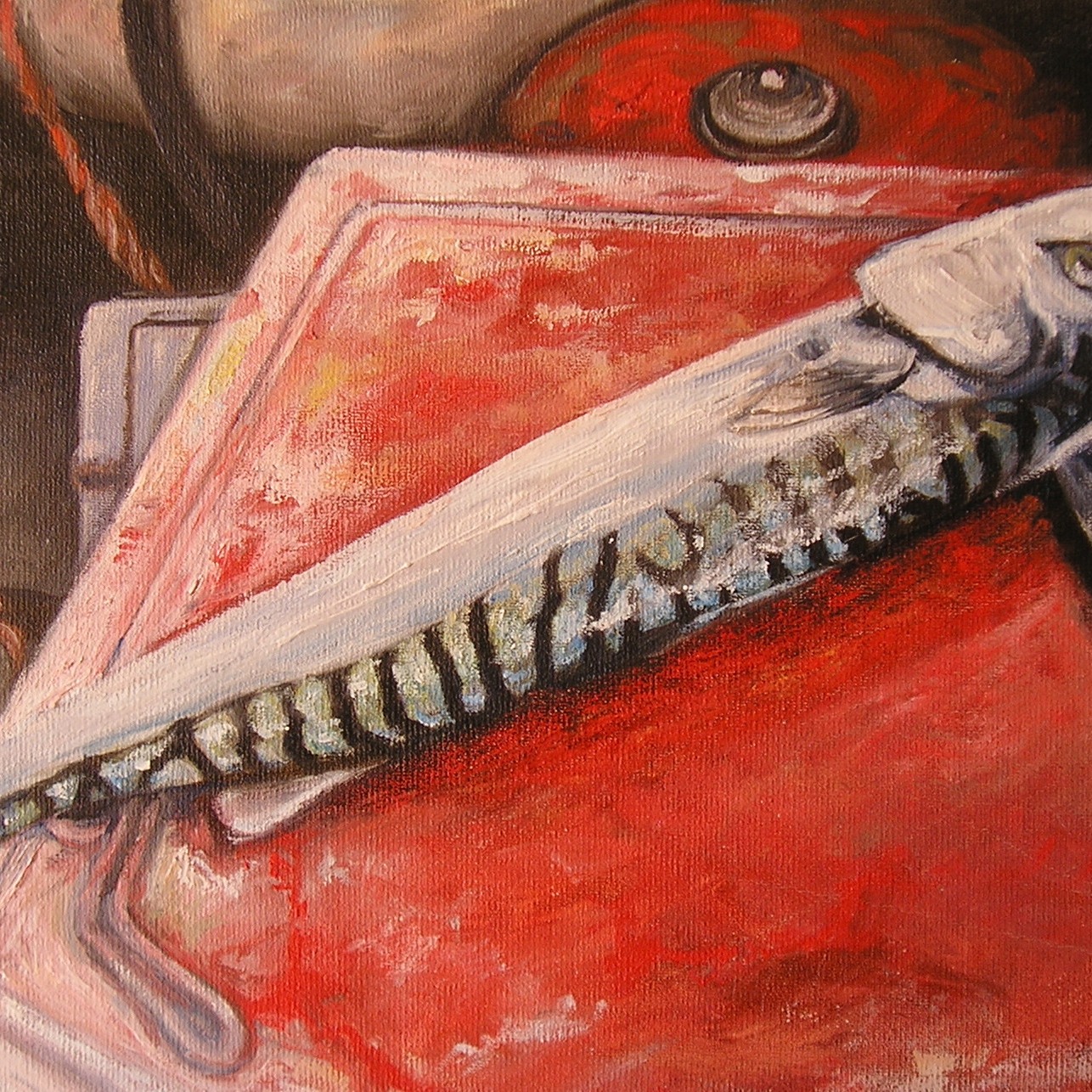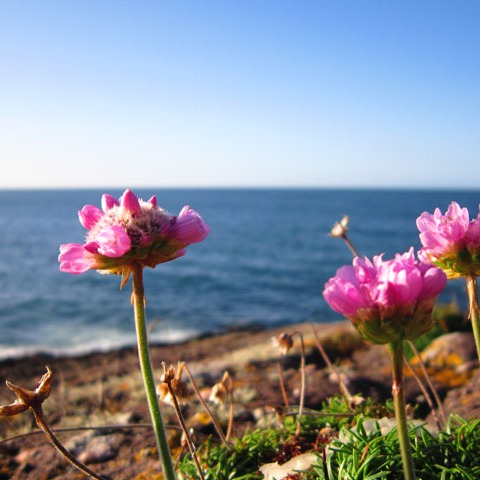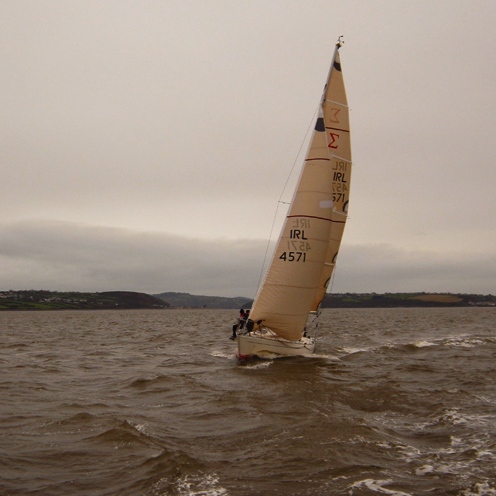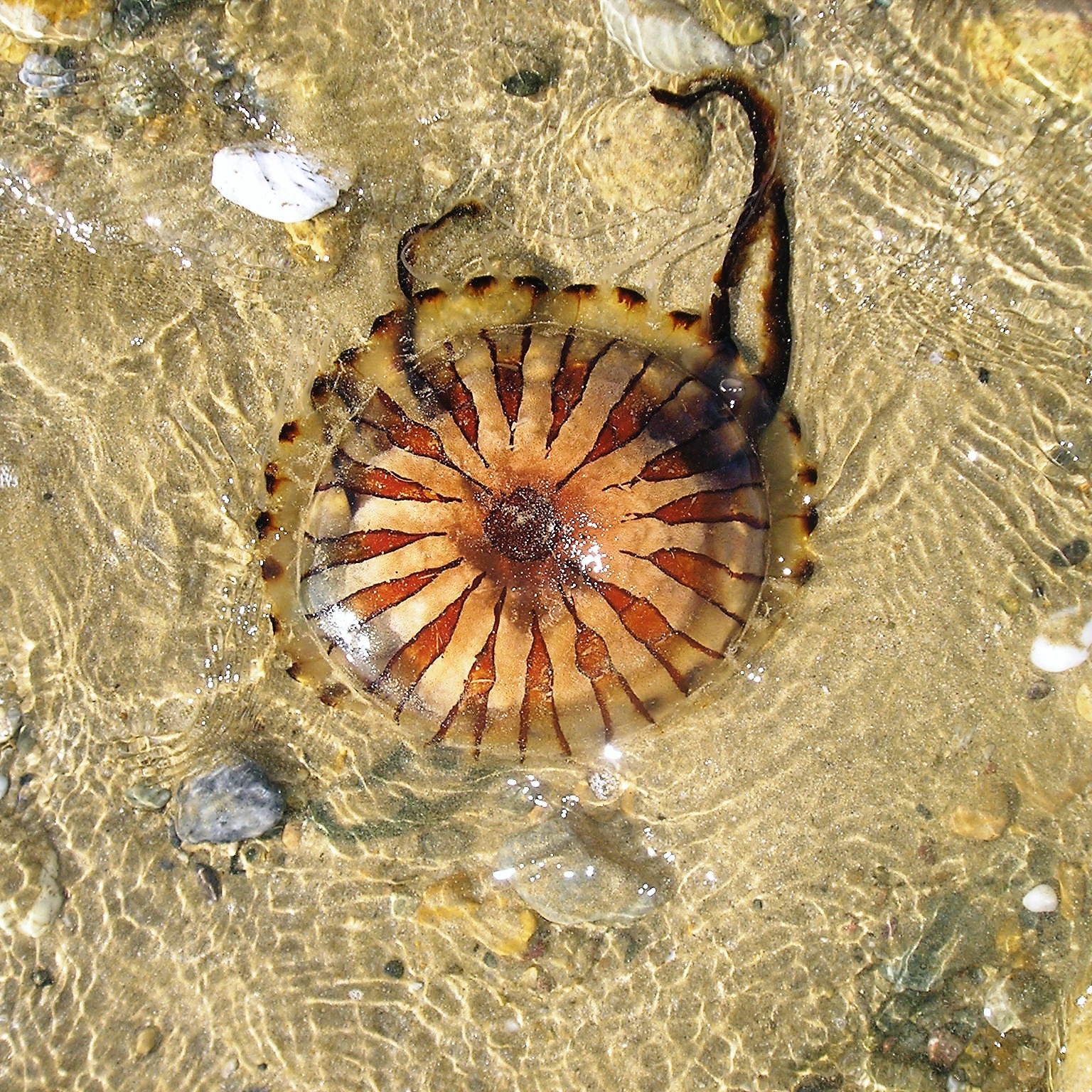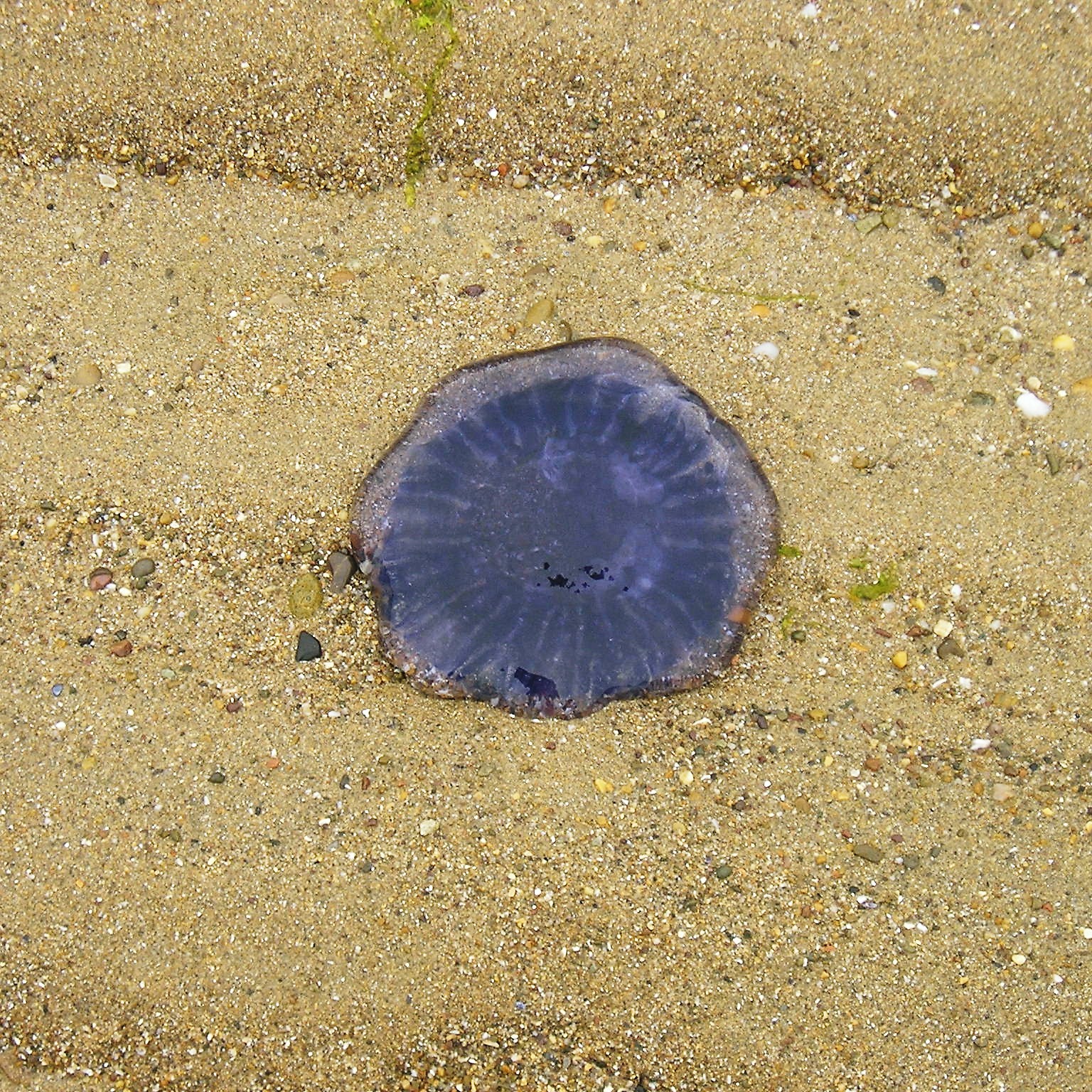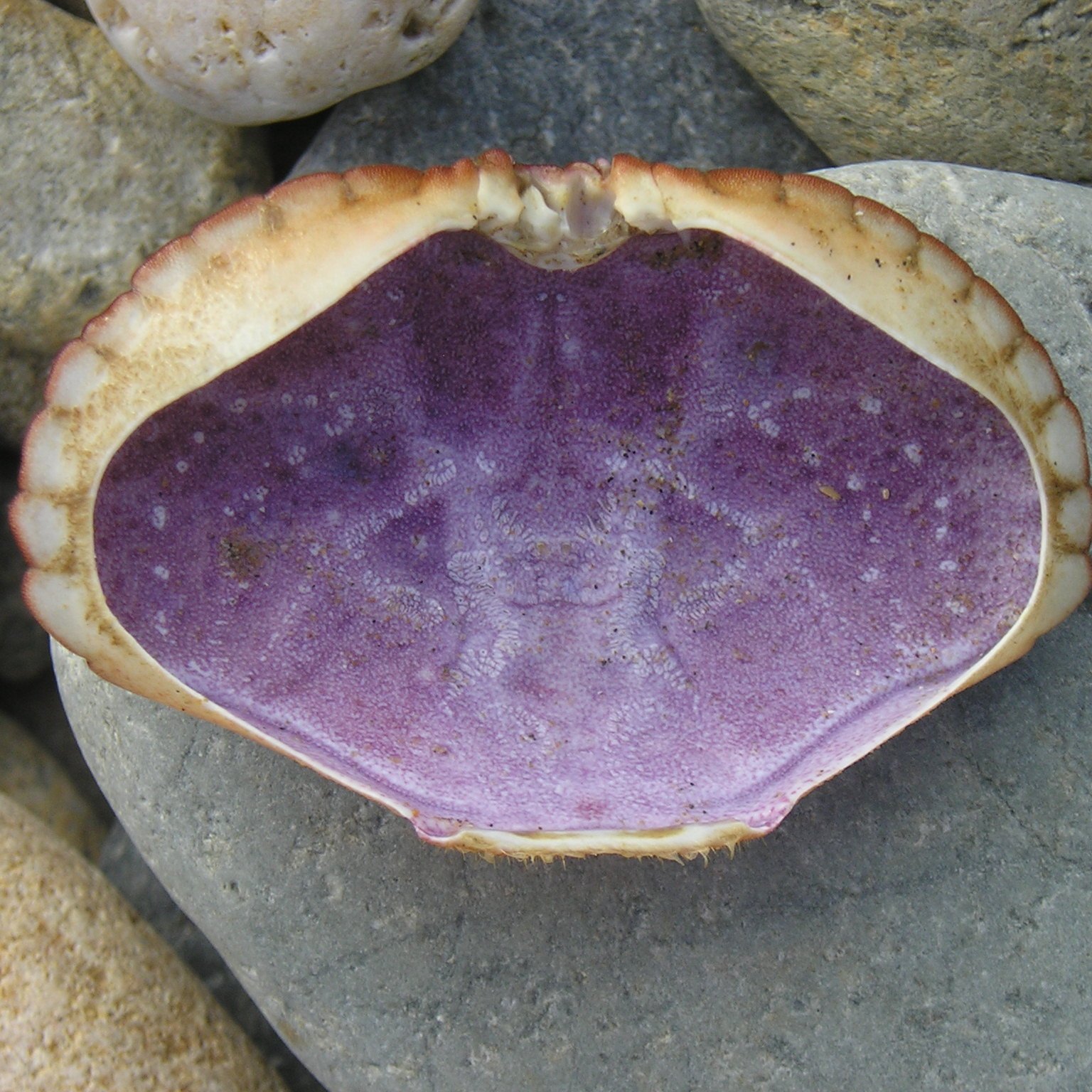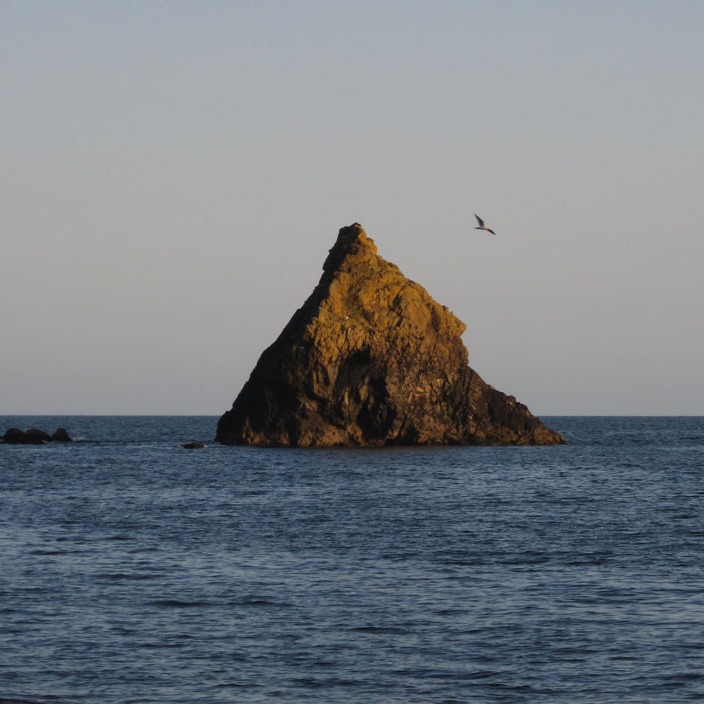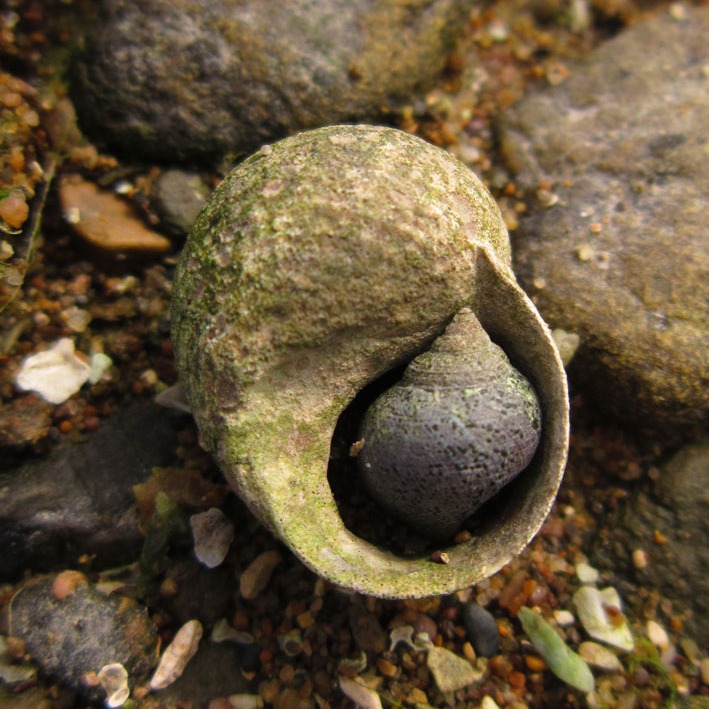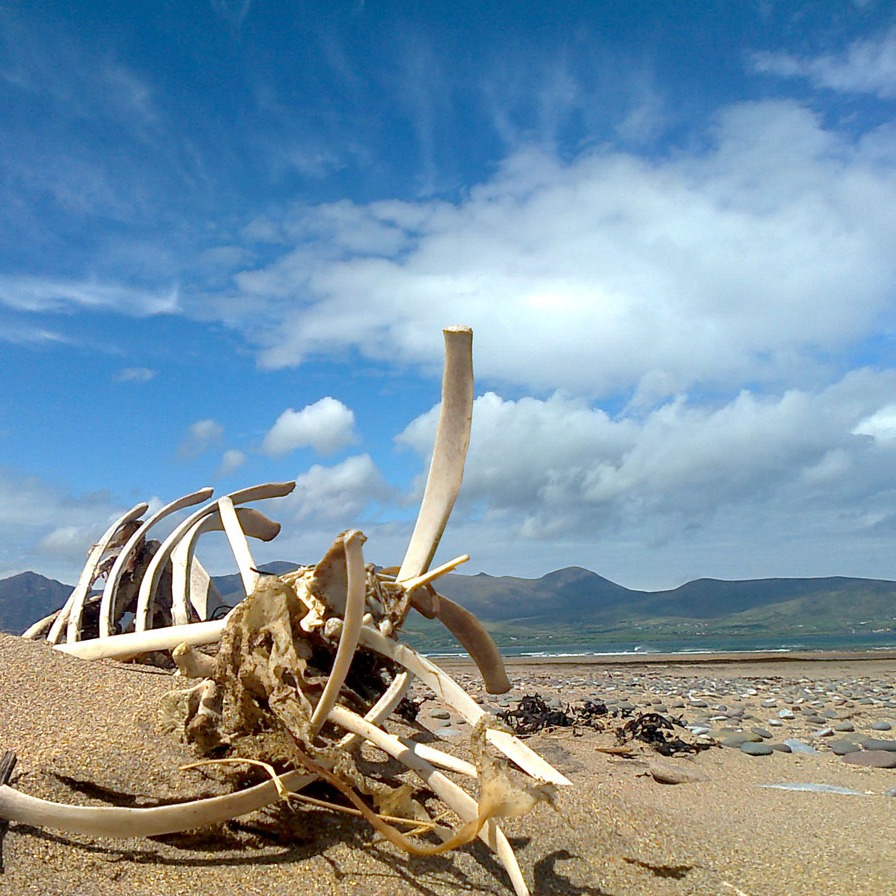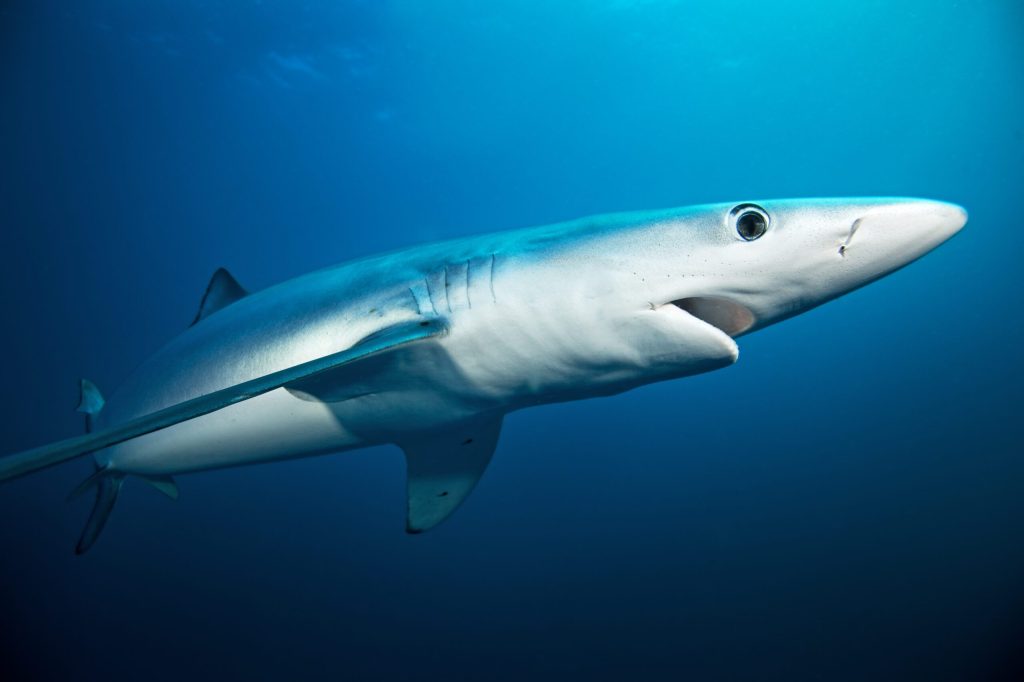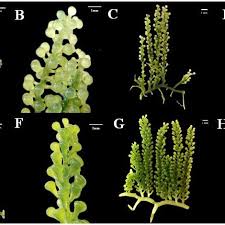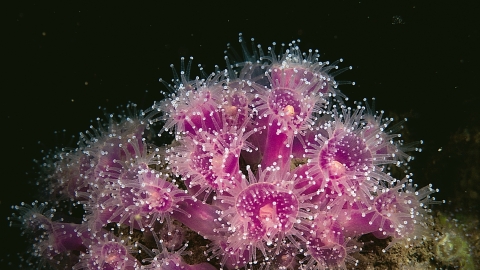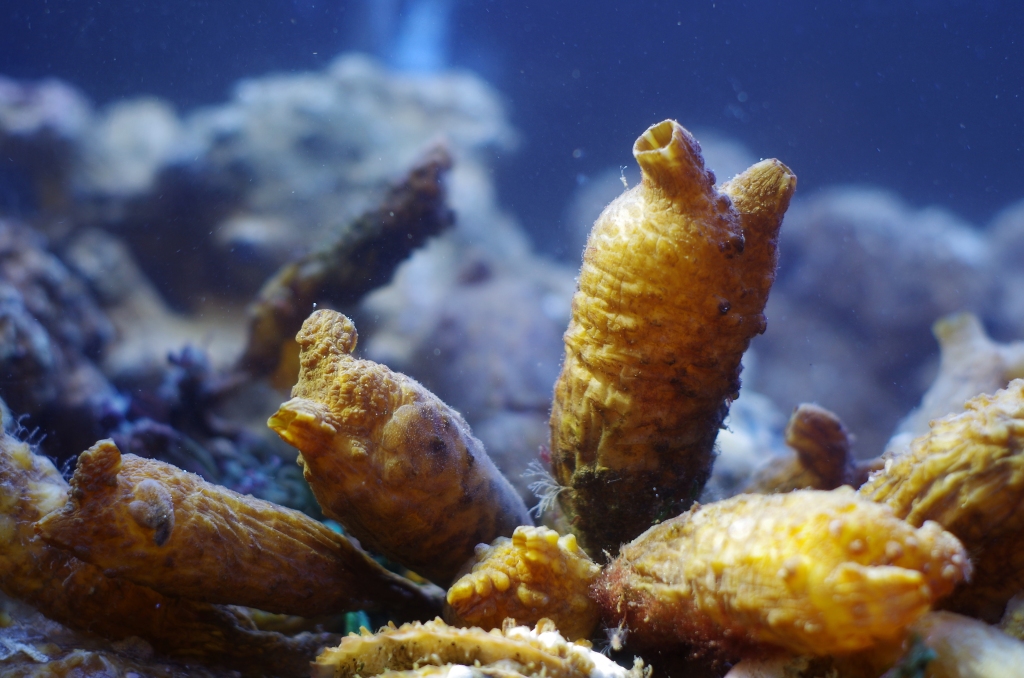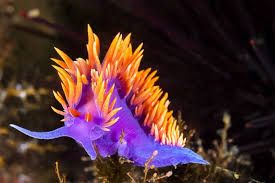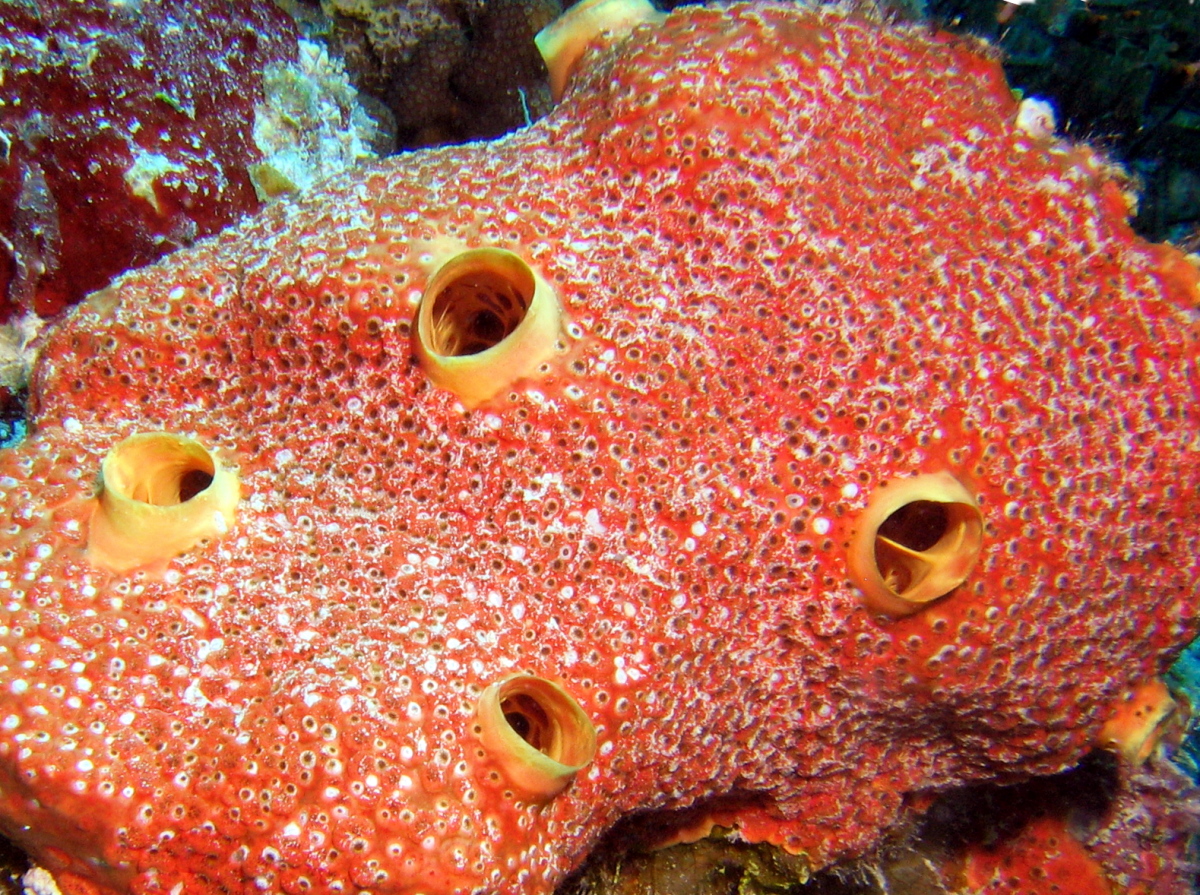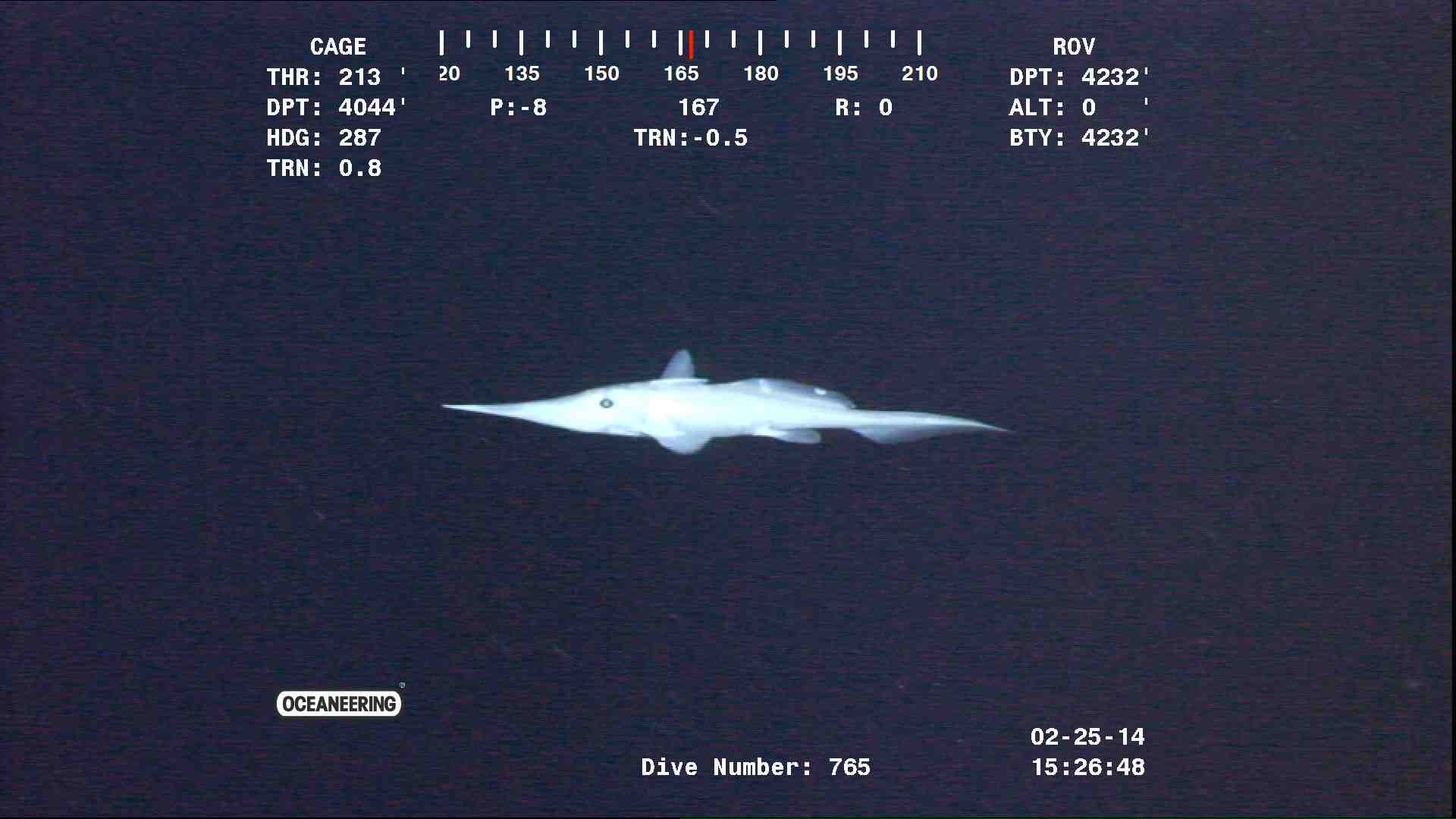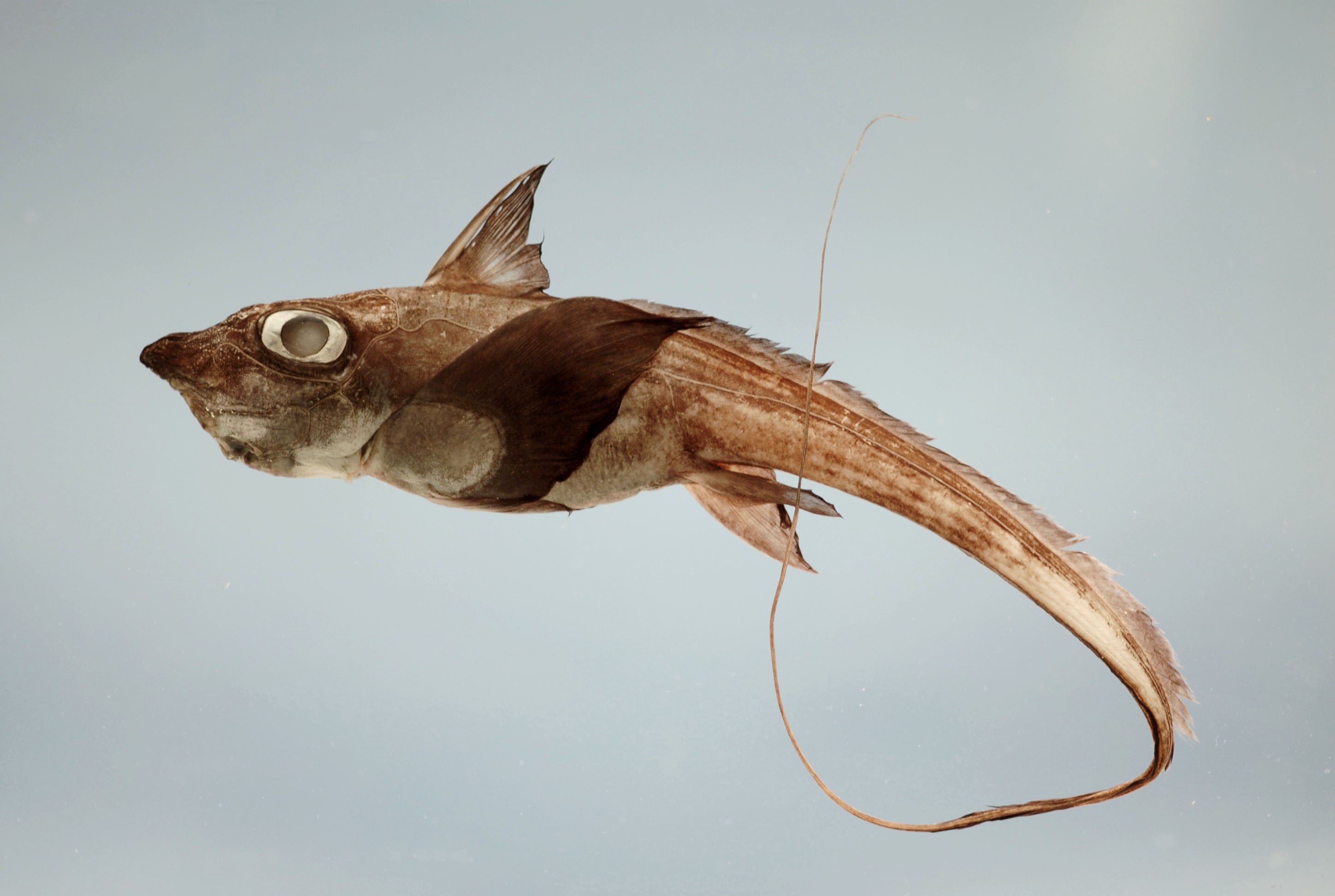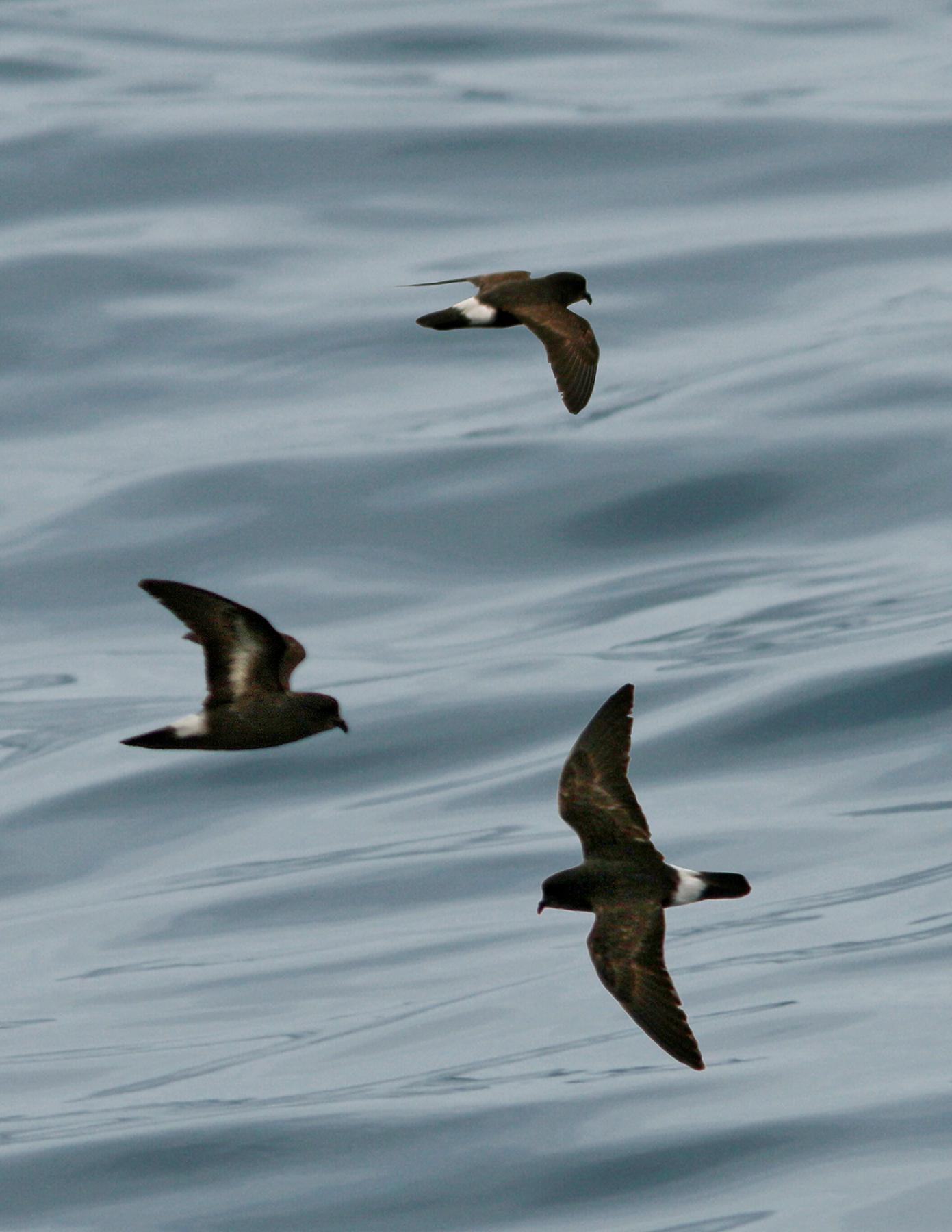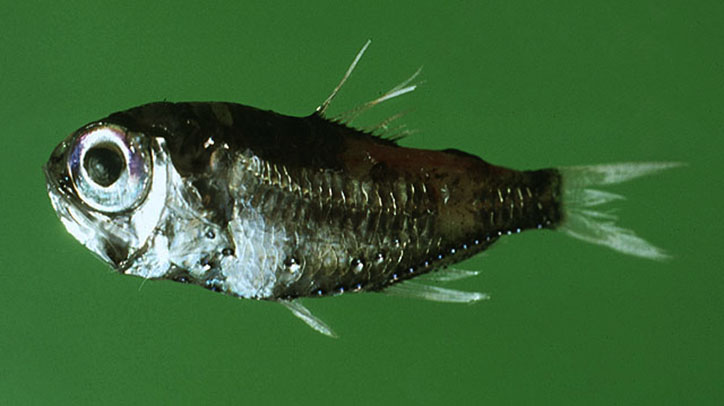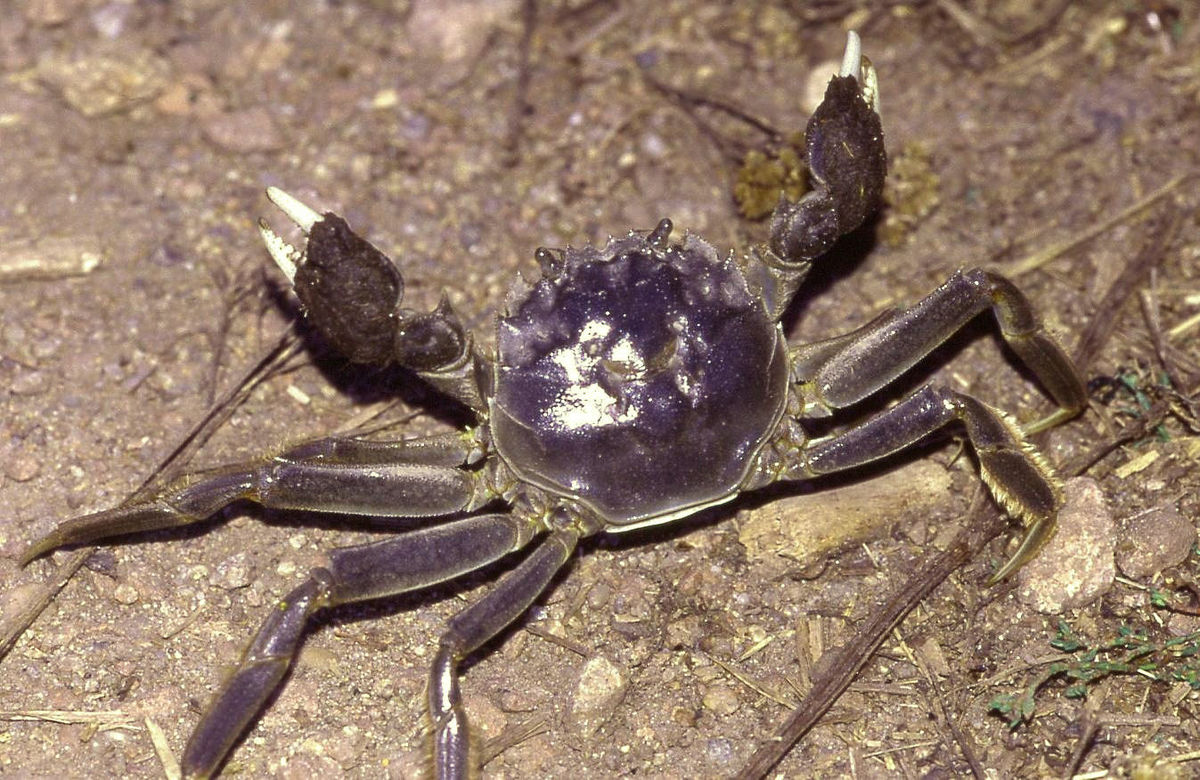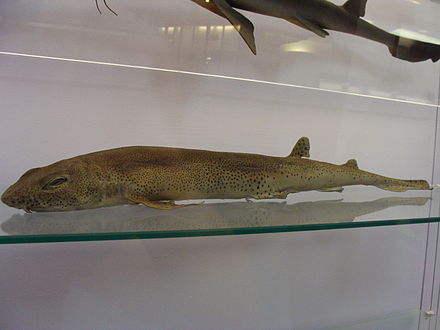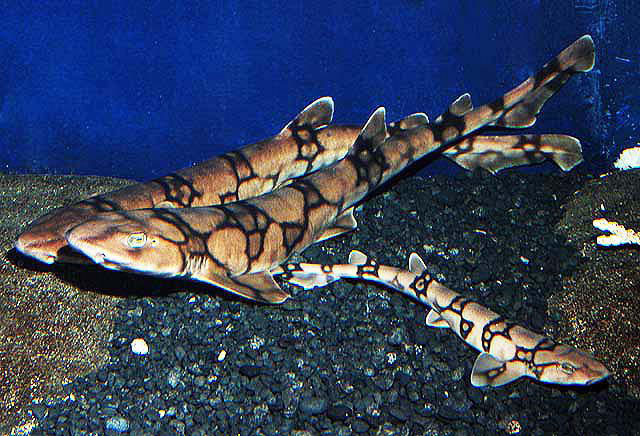
As predicted last week,this week turned into another shitshow with a project I had founded and worked on for three years imploding…sigh. So this week was a lot about handling stress levels again. Running, resting, eating, working out, driving like a maniac to Woodies to shop for random, unneeded, kitchen utensils.
On Wednesday I ran with a heart rate monitor for the first time. I was only out the gate when a bin lorry honked me and pulled over, the driver starting to try and talk to me. Jesus wept. I could be at the north bloody pole and someone would appear to wreck my head. It’s enraging how bad times seem to attact such negative energy as if to taunt you into full battle warp spasm. I had to postpone the run until the idiot in question had left the road. It was just a 20 minute run and not very hard, but when I checked my heart rate against a chart it was my maximum heart rate for my age which I think means my heart was on the brink of exploding. Looks like I am going to have to start running like a ‘pussy’. Later in the week I did a slow 20 minutes and was surprised how much I enjoyed it. After 15 years, I think I may have cracked running – I was making too much of an effort. Story of my life.

Later in the afternoon went for a walk with my binoculars to my ‘whalegate’. Finally I started to feel relaxed. Then the dogs came. Mr. Entitled-New-To-The-Area- Arse-Face had walked his dogs up the road from his house and let them out in the fields by the cliffs. Again. Can’t be having all that shit on his doorstep I suppose nor all that pesky wildlife, not in a Special Protected Area. Maximum heart rate. Again.
The farmer passing in his car, pulled over to chat. He had been down in the woods that morning and was delighted to see how many wee birds were down there. Bullfinch and goldfinch particularly. The chaffinches he noted were making a comeback after a sparse few years. We discussed the rabbits and he said there were one or two still about but the foxes are now scarce. The foxes here like seagulls – in a culinary way – but seabirds have been decimated by avian flu in the last year. The dogs running about the cliffs where their den was can’t be helping the fox population either. I asked if we had any badgers about. I have never heard of one here, but he surprised me when he said he thought one had passed through last summer. I like the way he is a sort of concierge for the feathered and furry of the area.

Further down the road I saw three rabbits feeding on some new green shoots and in another field three, no four, more rabbits taking flight. Unusually a Red Shank, usually seen on the shore, was wandering around alone in the mucky tractor ruts. I turned back into the purple dusk and felt better than I had for a while. Maybe it was walking in the near dark, in the in-between time and feeling that here no more catastrophes can reach me. Or knowing there were still some animals about after the dogs had gone.
I know the dog owners get upset about anyone saying anything bad about their darling Fidos – “OH MY GOD!! How could anyone not LOVE MY FIDO!” – so I will say I know cats are an issue for wildlife too and there are cats everywhere around here at the moment. I love cats in a way I can’t love the ever-needy dogs but I don’t want them eating my birdies so I chase them off and yell “HEY Catso!I see you!” out various windows at intervals. Most of the cats are black and white farm cats, all probably interrelated, however I saw an unusual lady in the ditch this week. Check out the photo gallery…


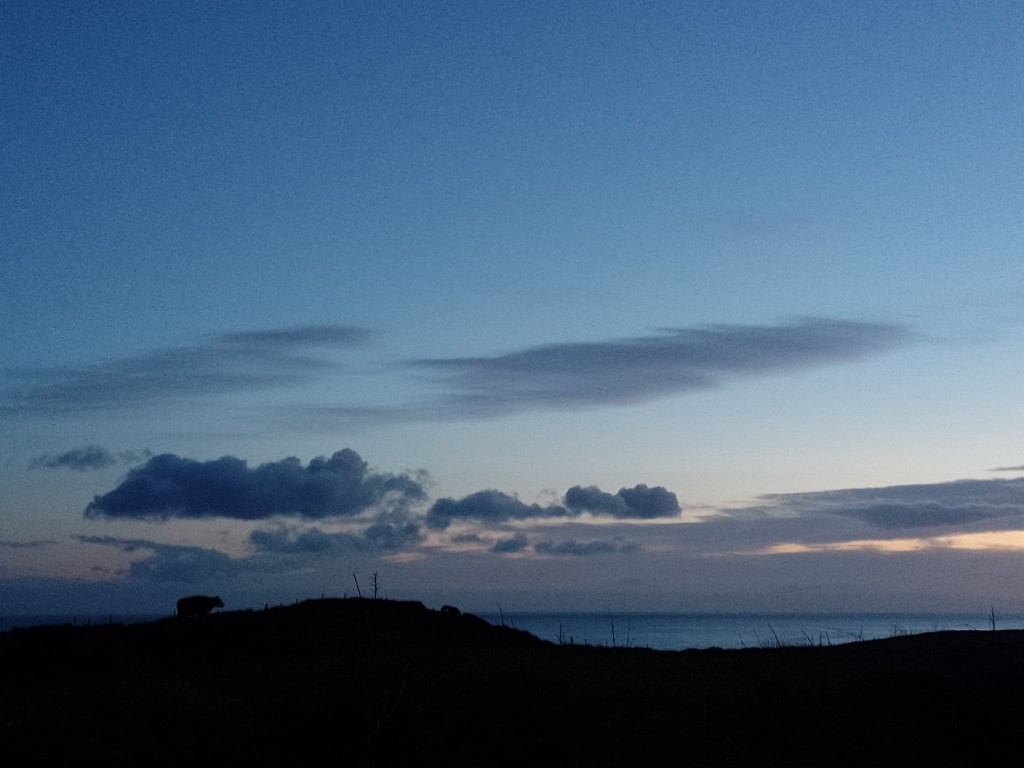
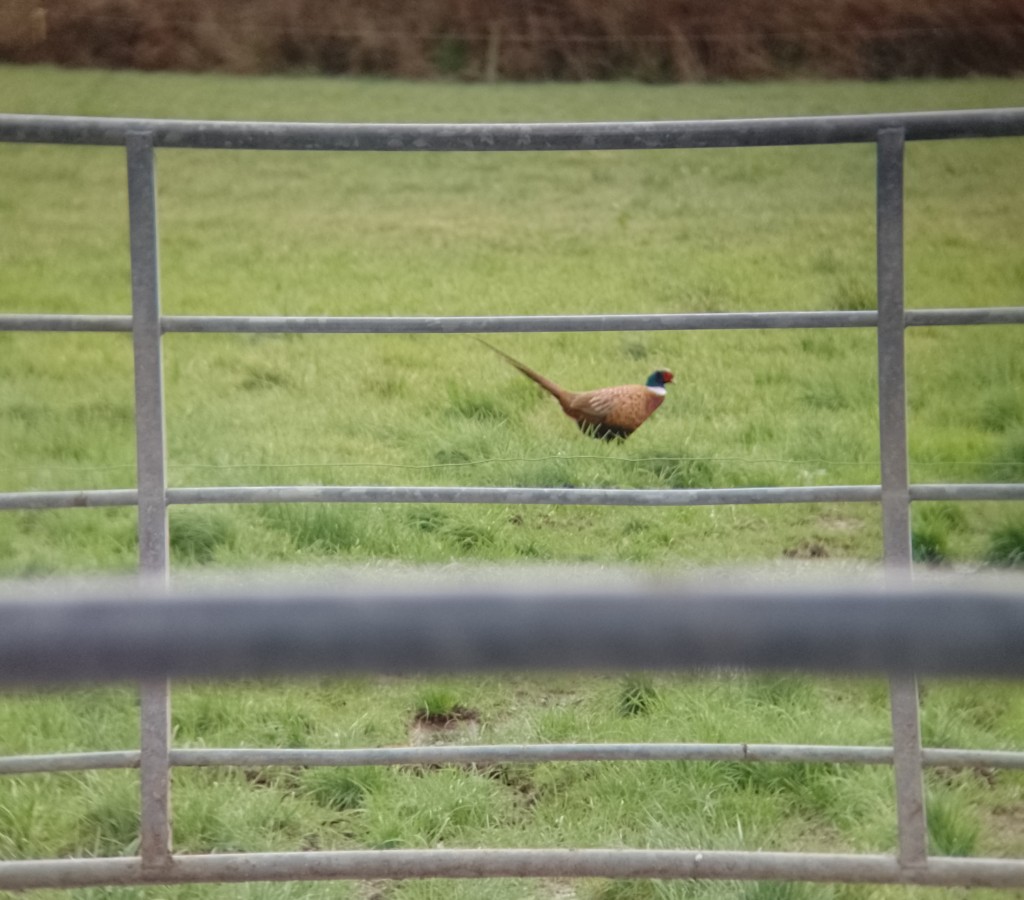


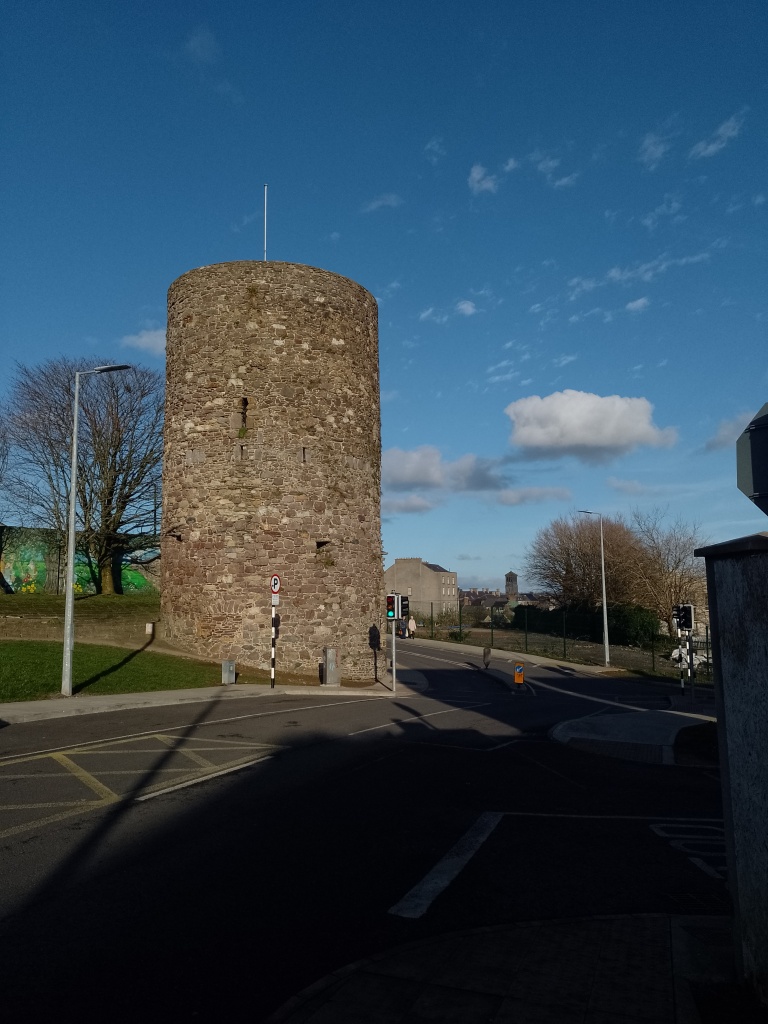

A day or so later I walked to a nearby beach. On the way I met and chatted to an old friend with whom I once campaigned against a massive and very stupid development in these parts. We won but as for so many, it took a lot out of him and he is not interested any more – though the windfarms do concern him. We both are feeling at this stage that (unintelligent) development, small and large, is inevitable and basically the next generation can suck it up. We won’t be here. I went onto the beach and trying my best to ignore all the bad dog owners – offleash, shitting everywhere (and the dogs too) – I stuck my legs in the water up to my knees. So cold, so good. I have been neglecting my sea swimming and I must get back into it. On the way home I ran into another old friend with whom I used to swim and who was involved in that same campaign I mentioned. I told her about all the whales and dolphins I had seen in recent months as we strolled for a bit together and she said,
“We are really lucky to live here aren’t we?”
And in the moment I had to agree.
*I was also called out to get tissue samples from a very long dead dolphin on Friday. Sadly (not really) I was working and had to decline.

